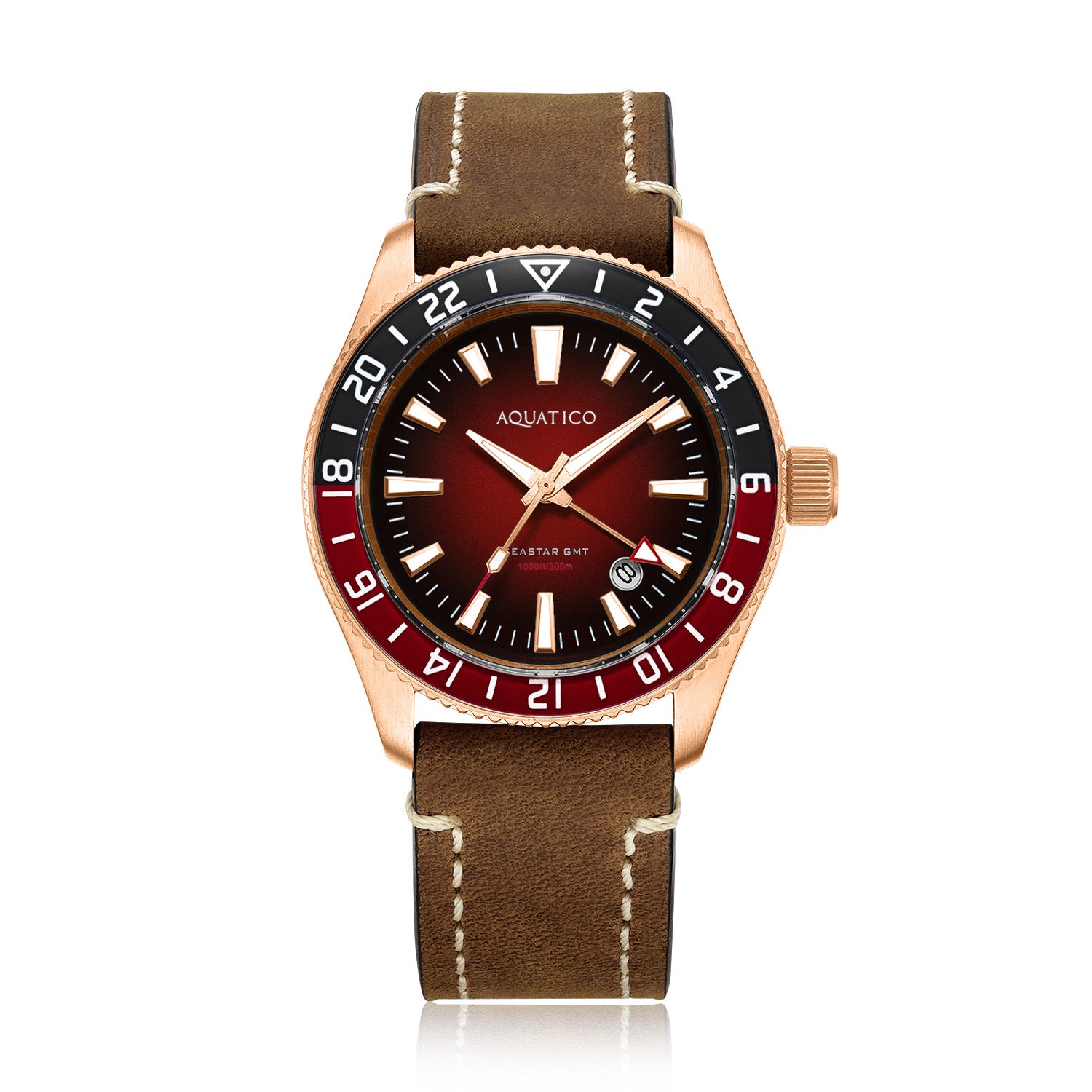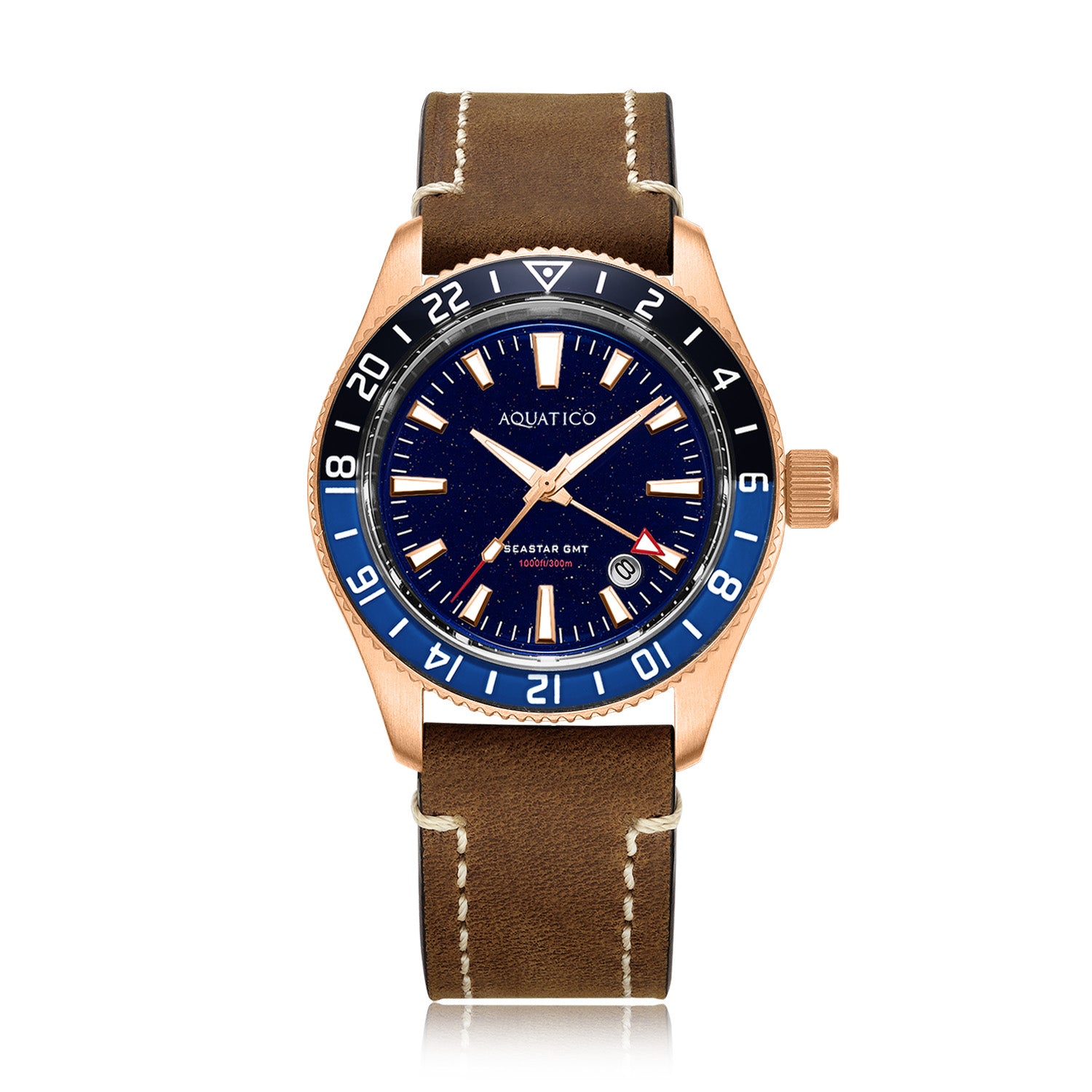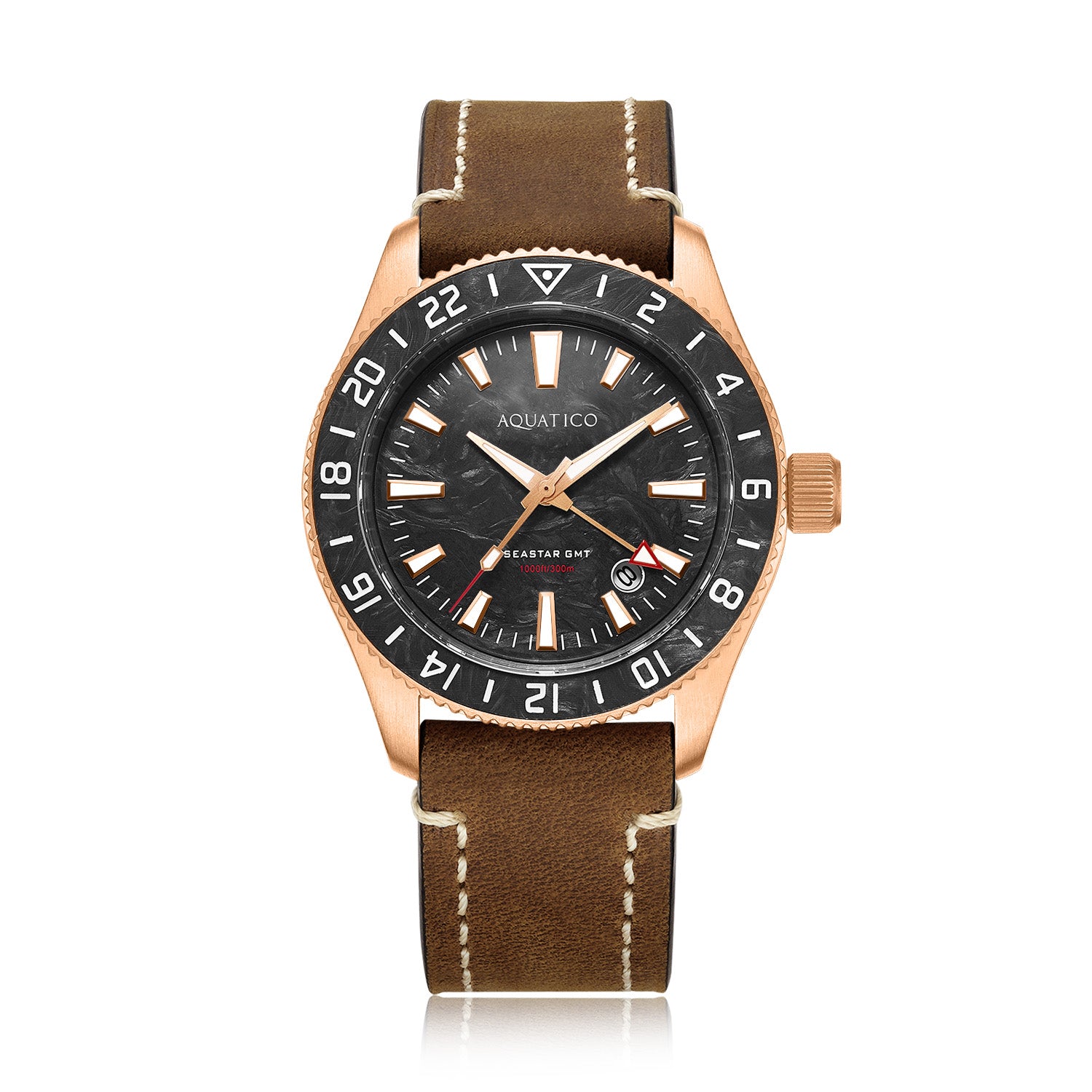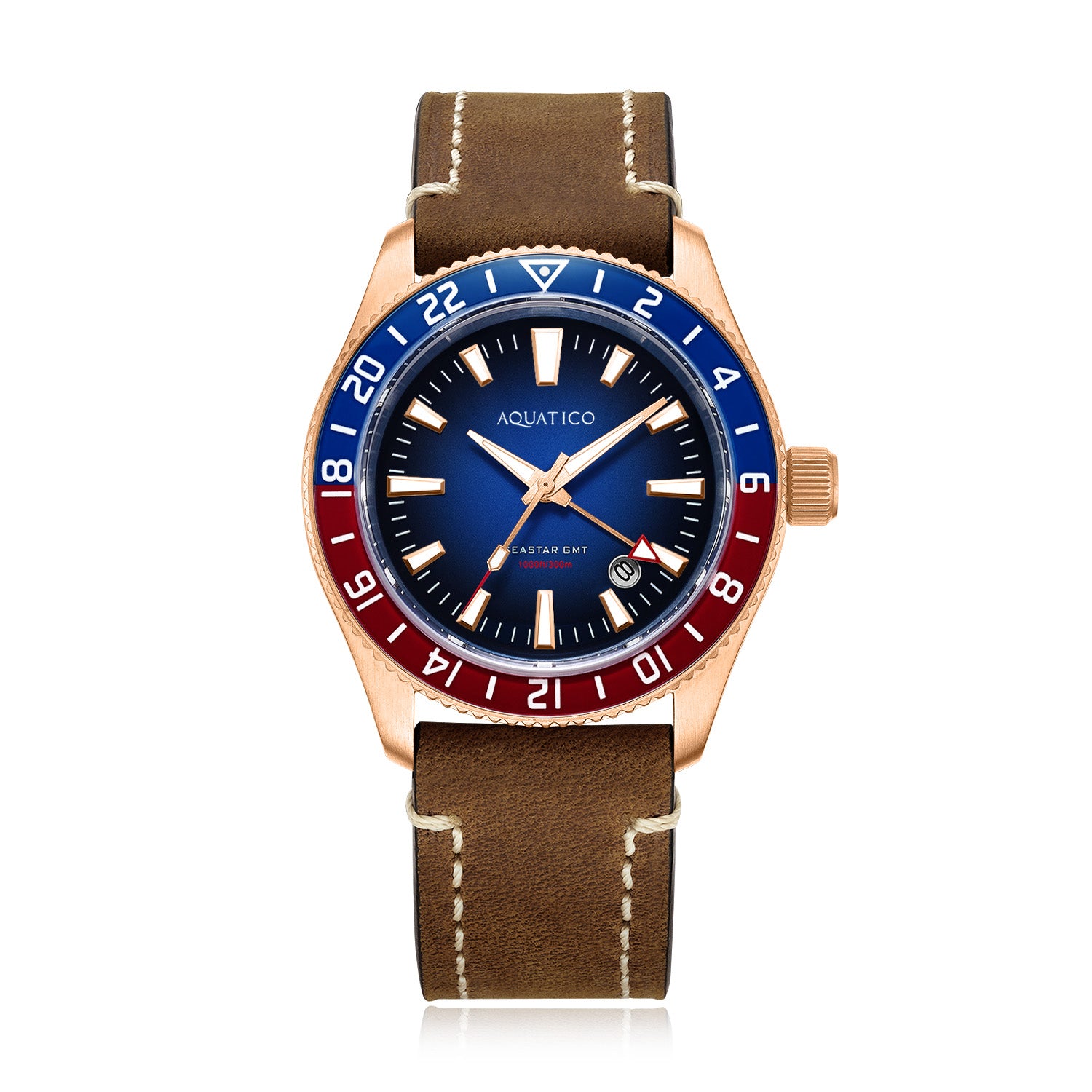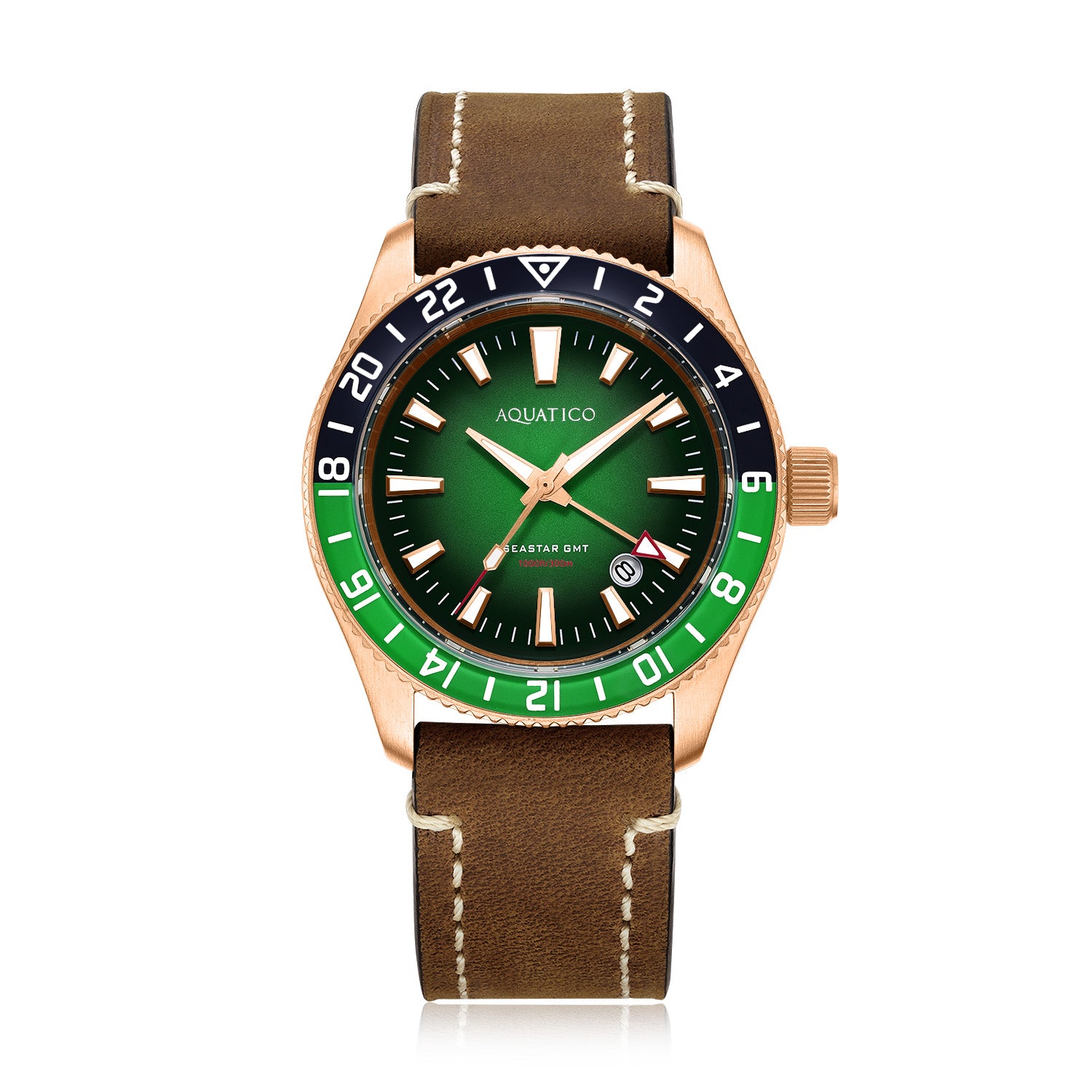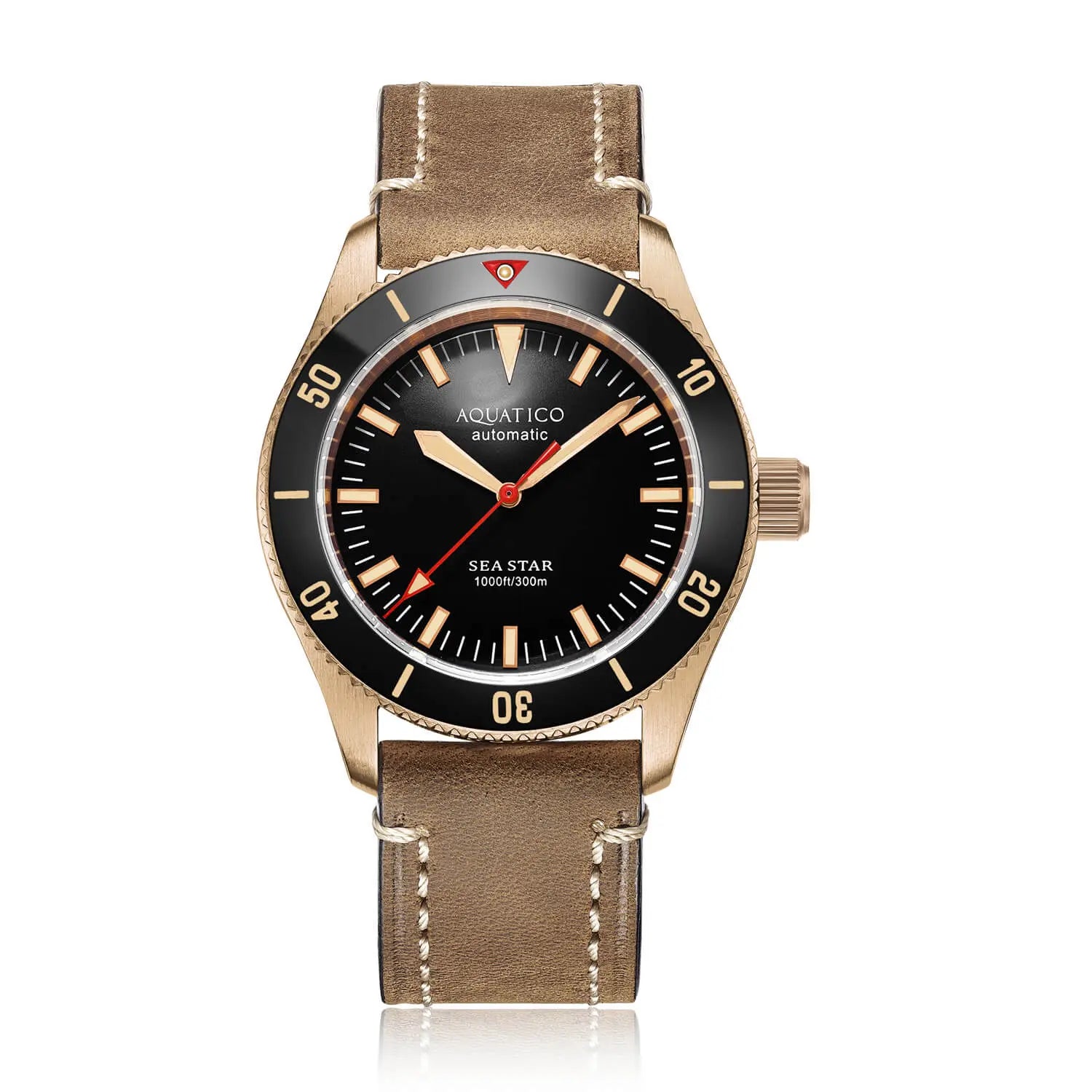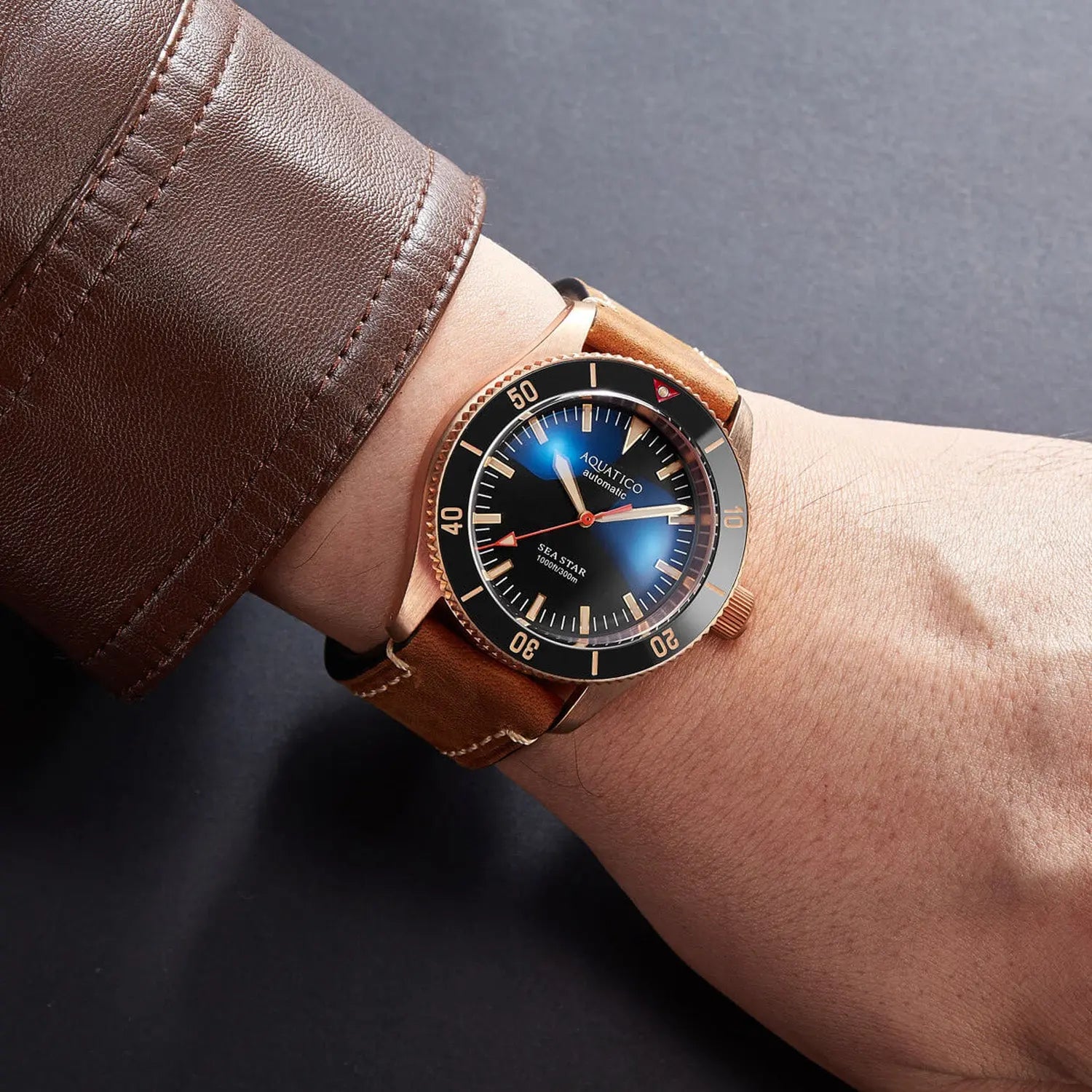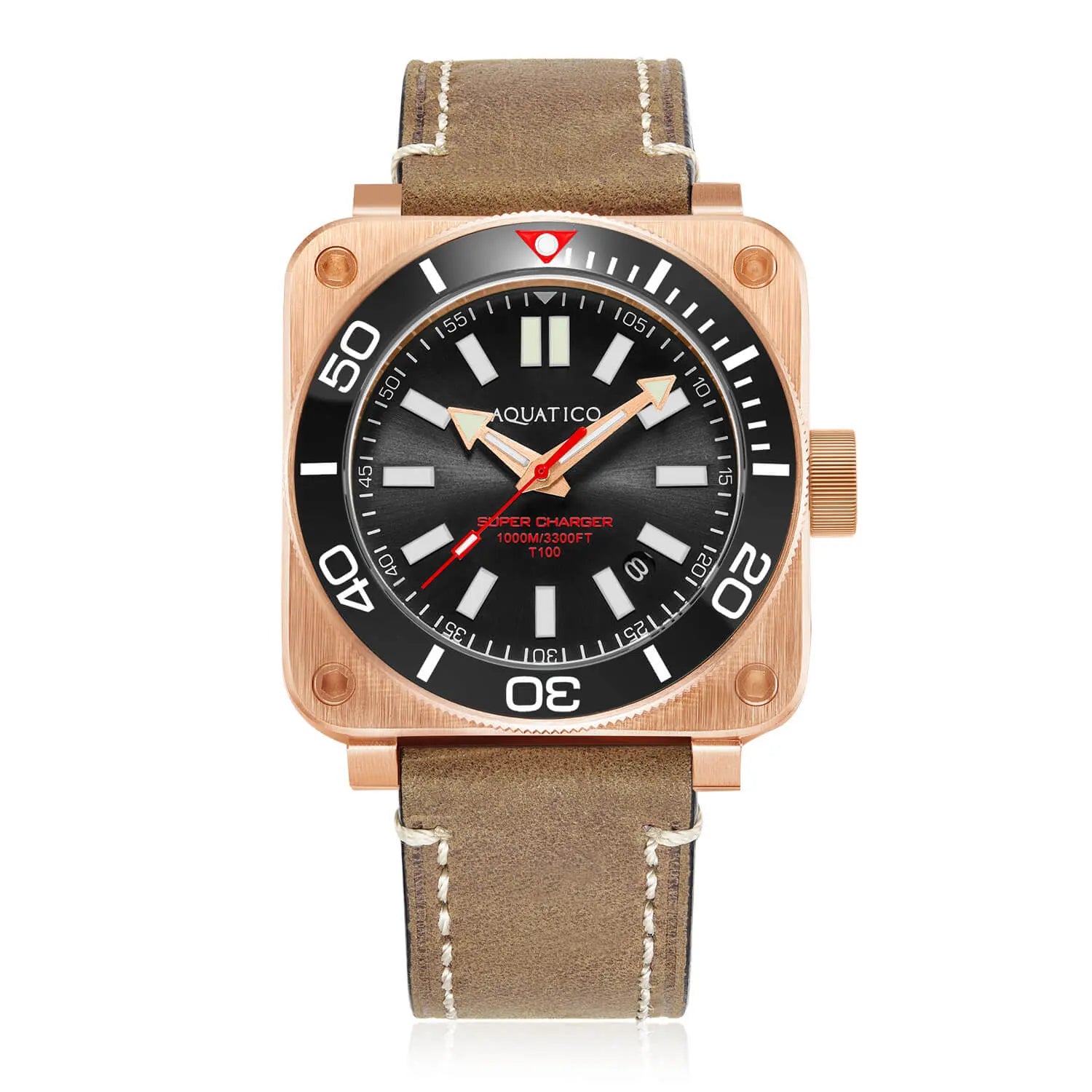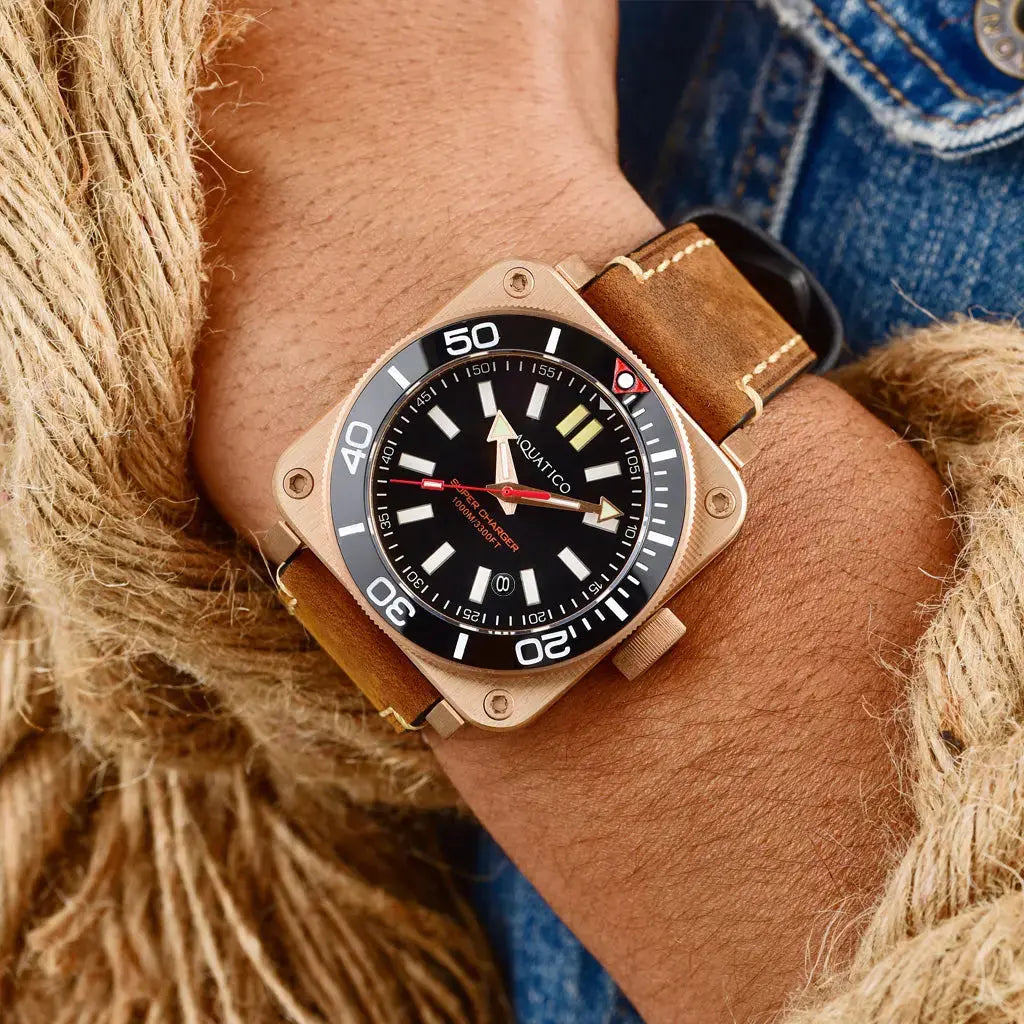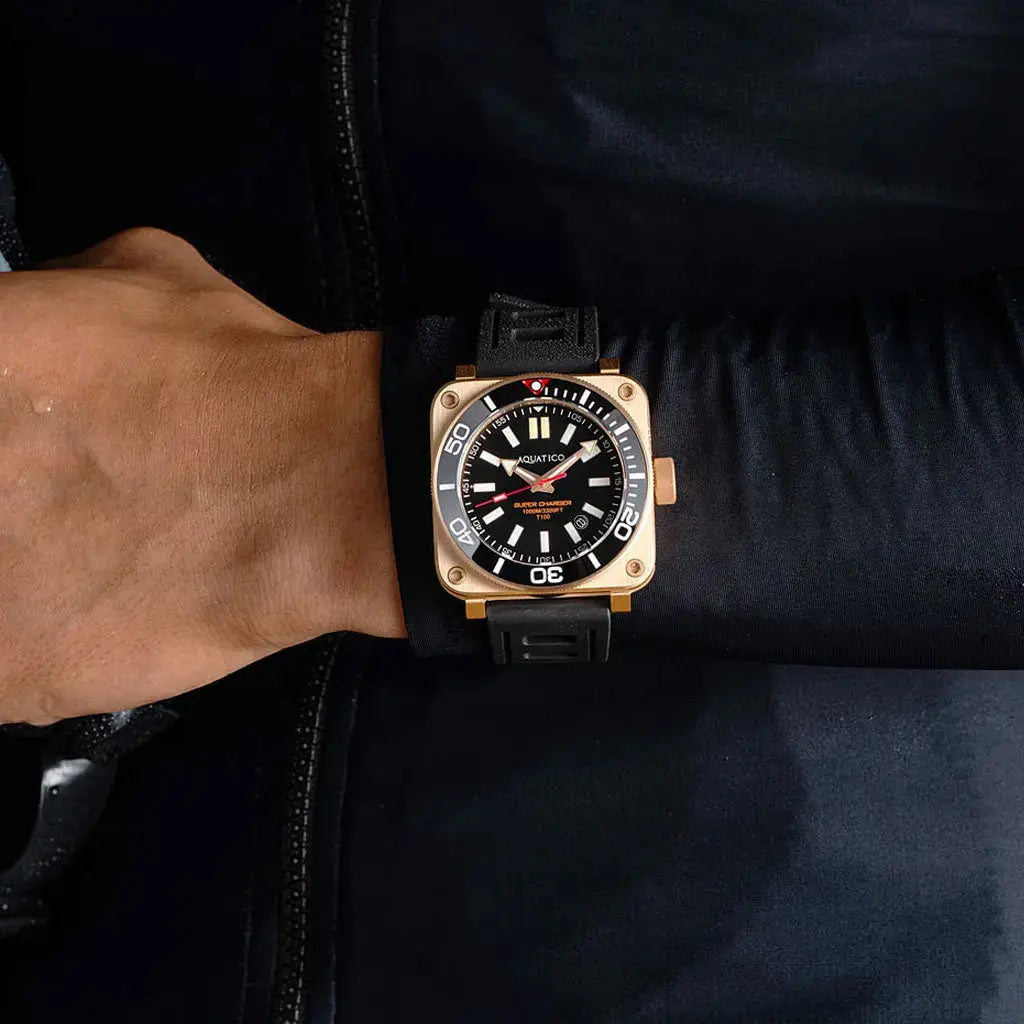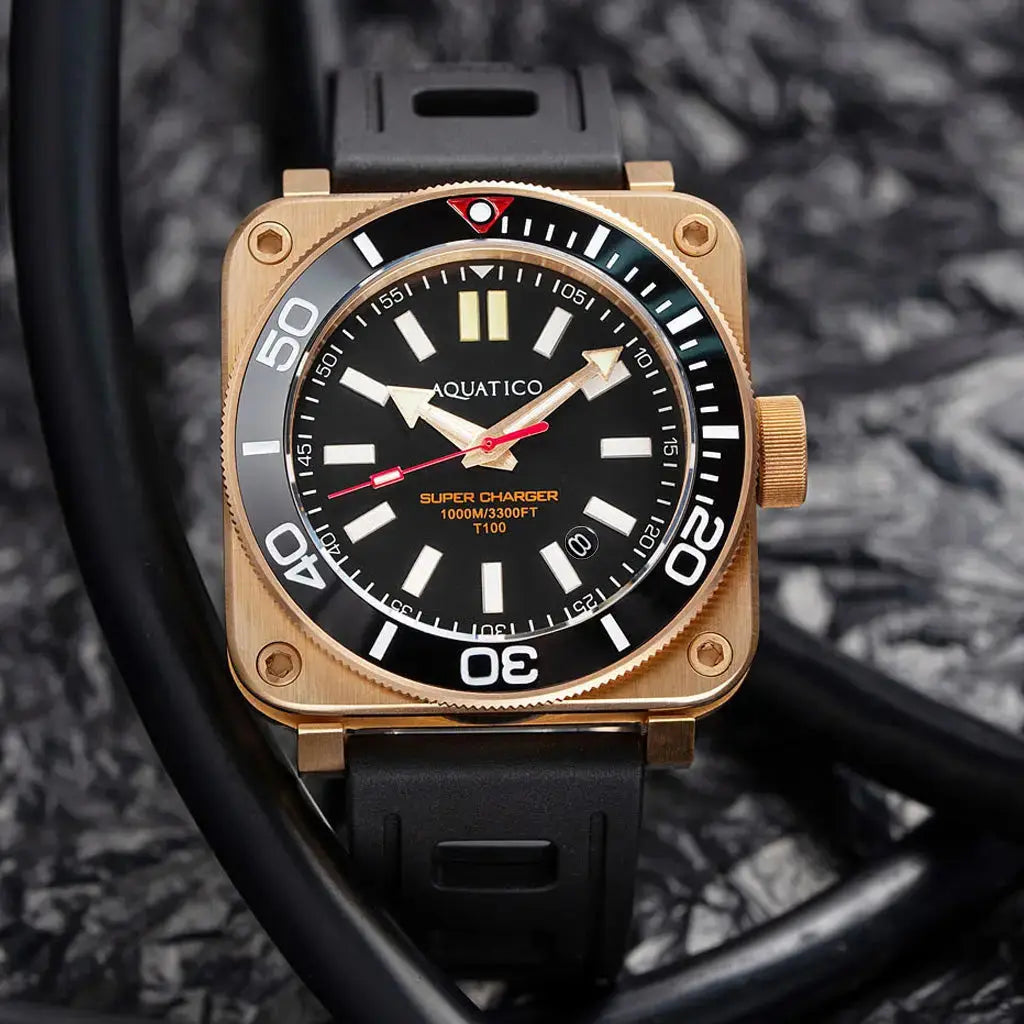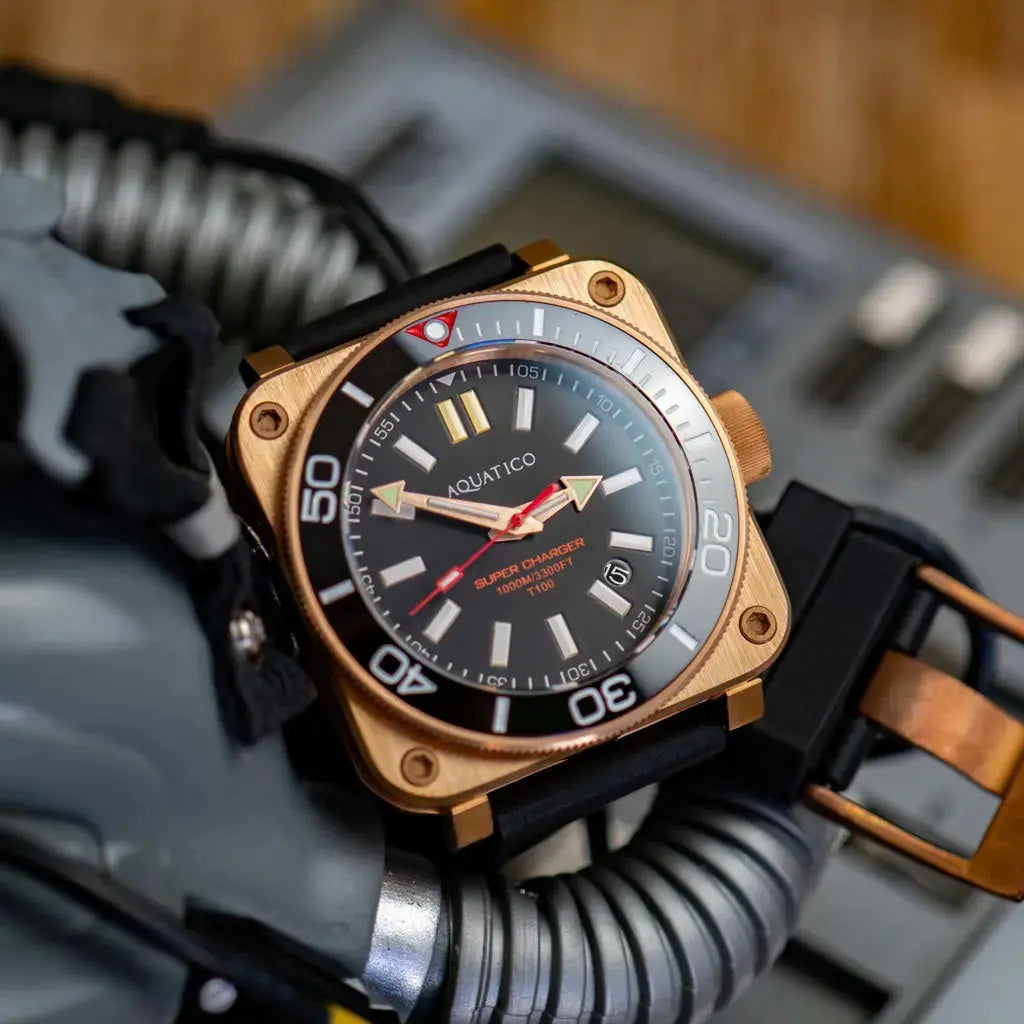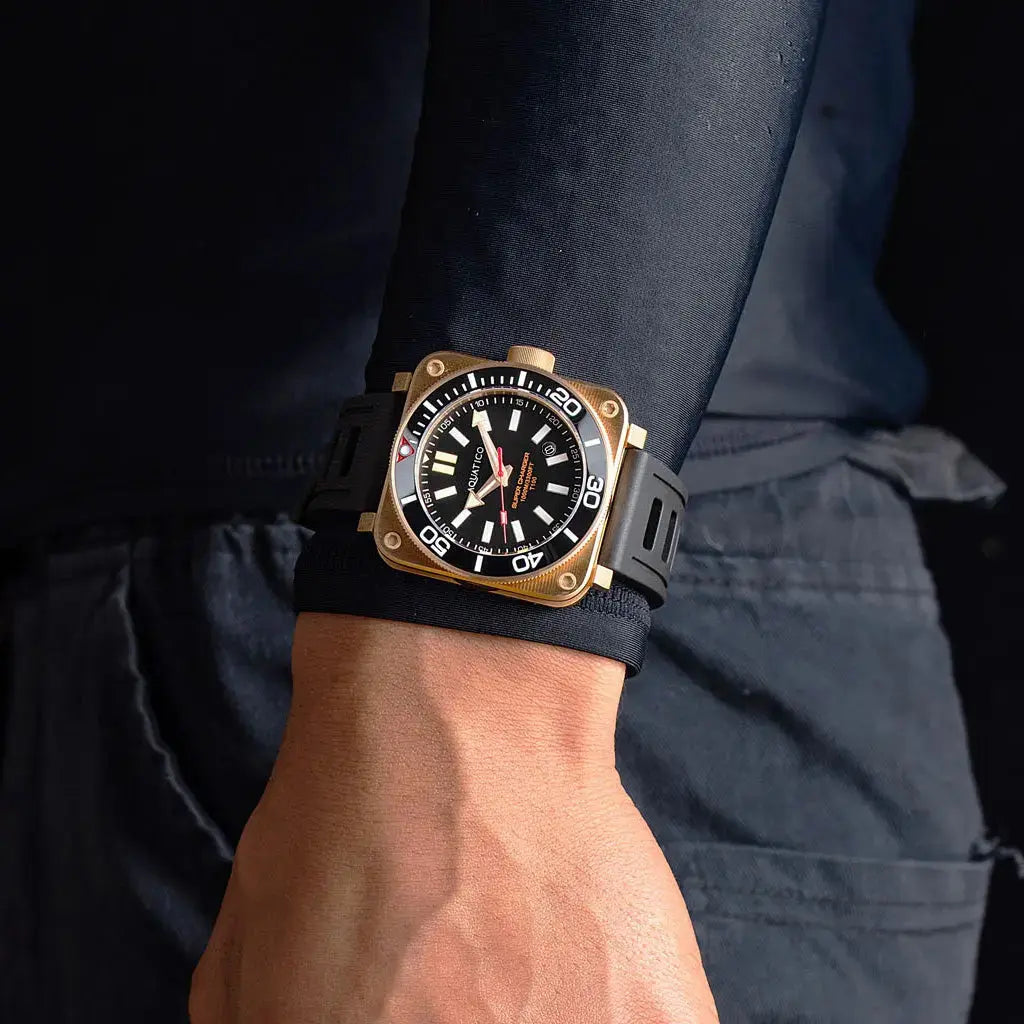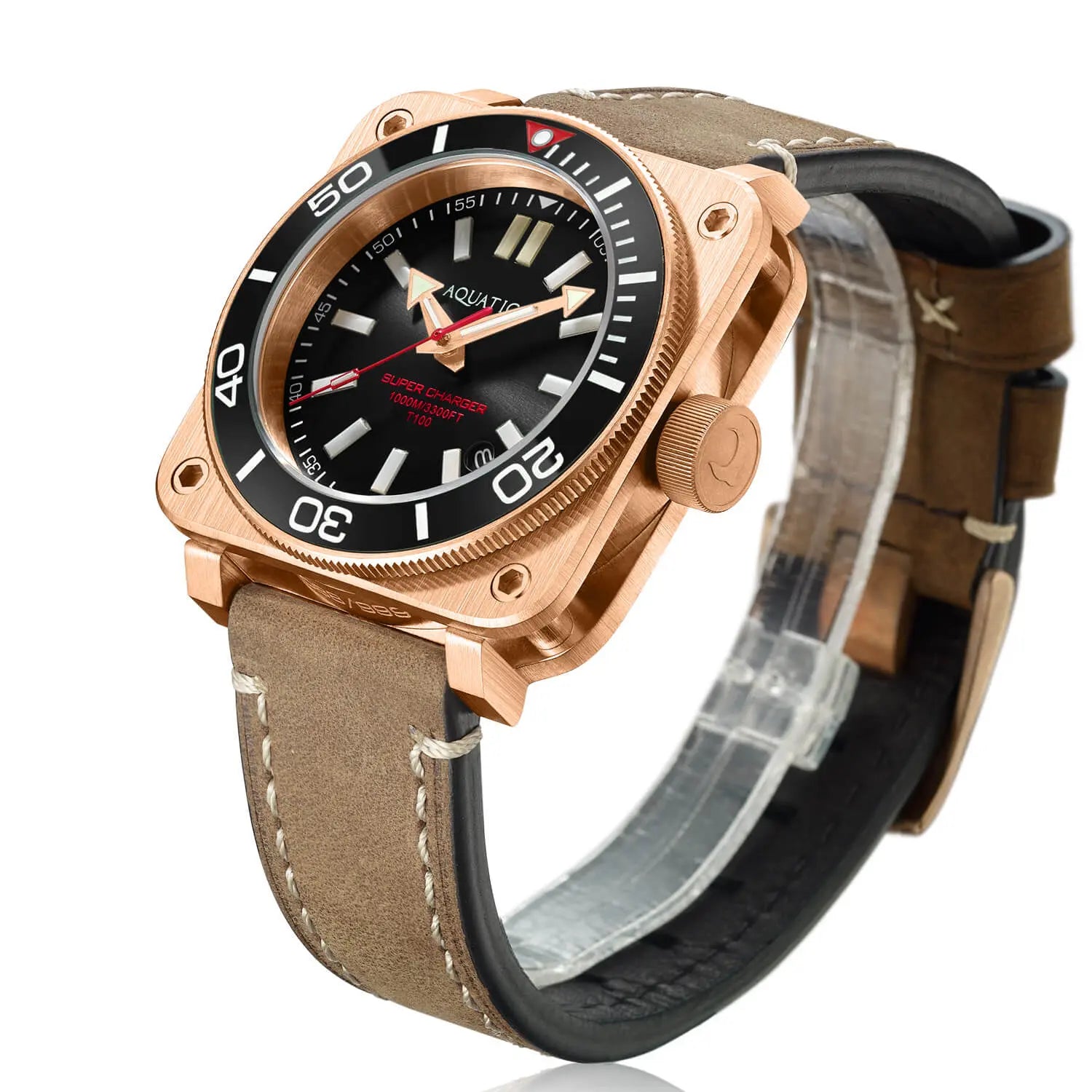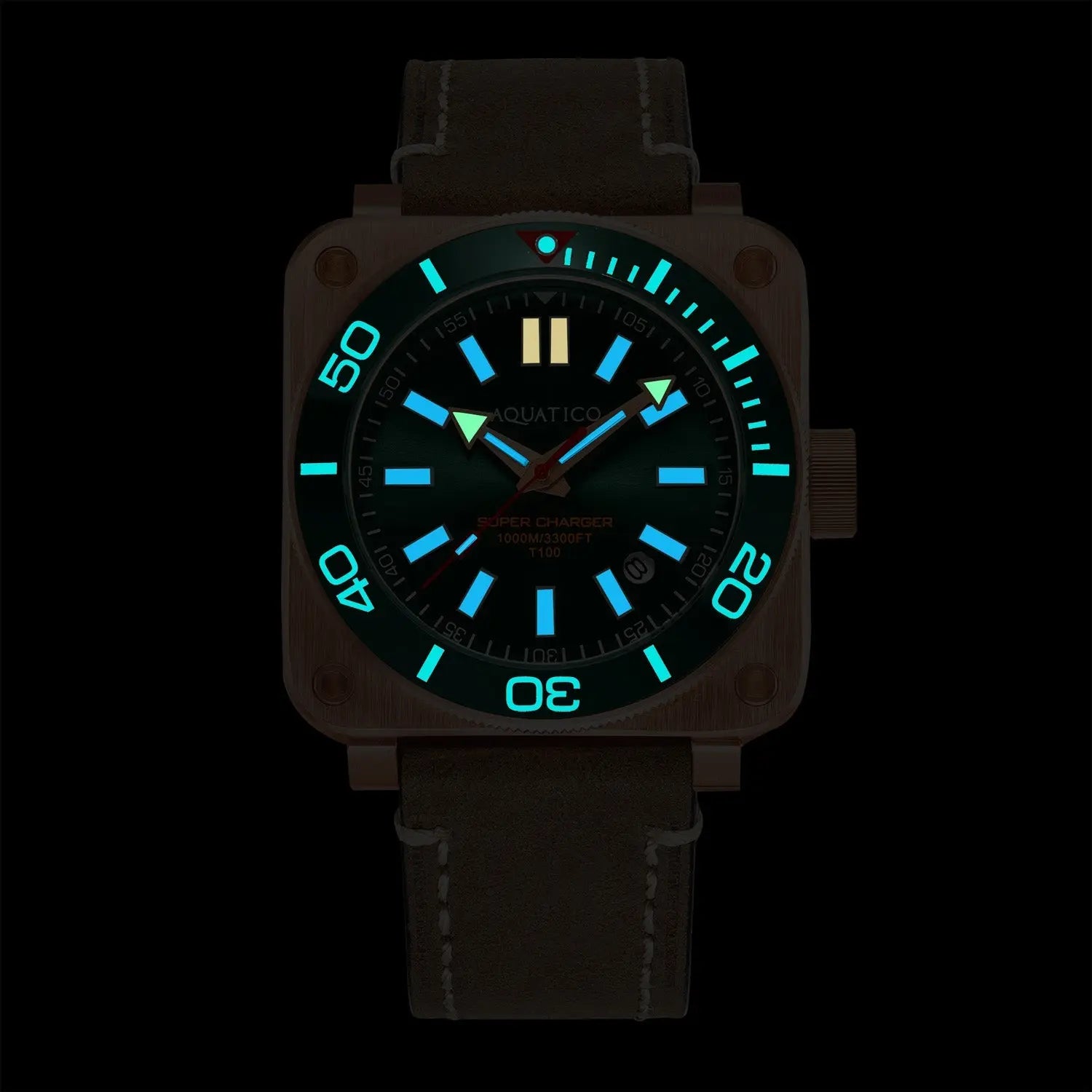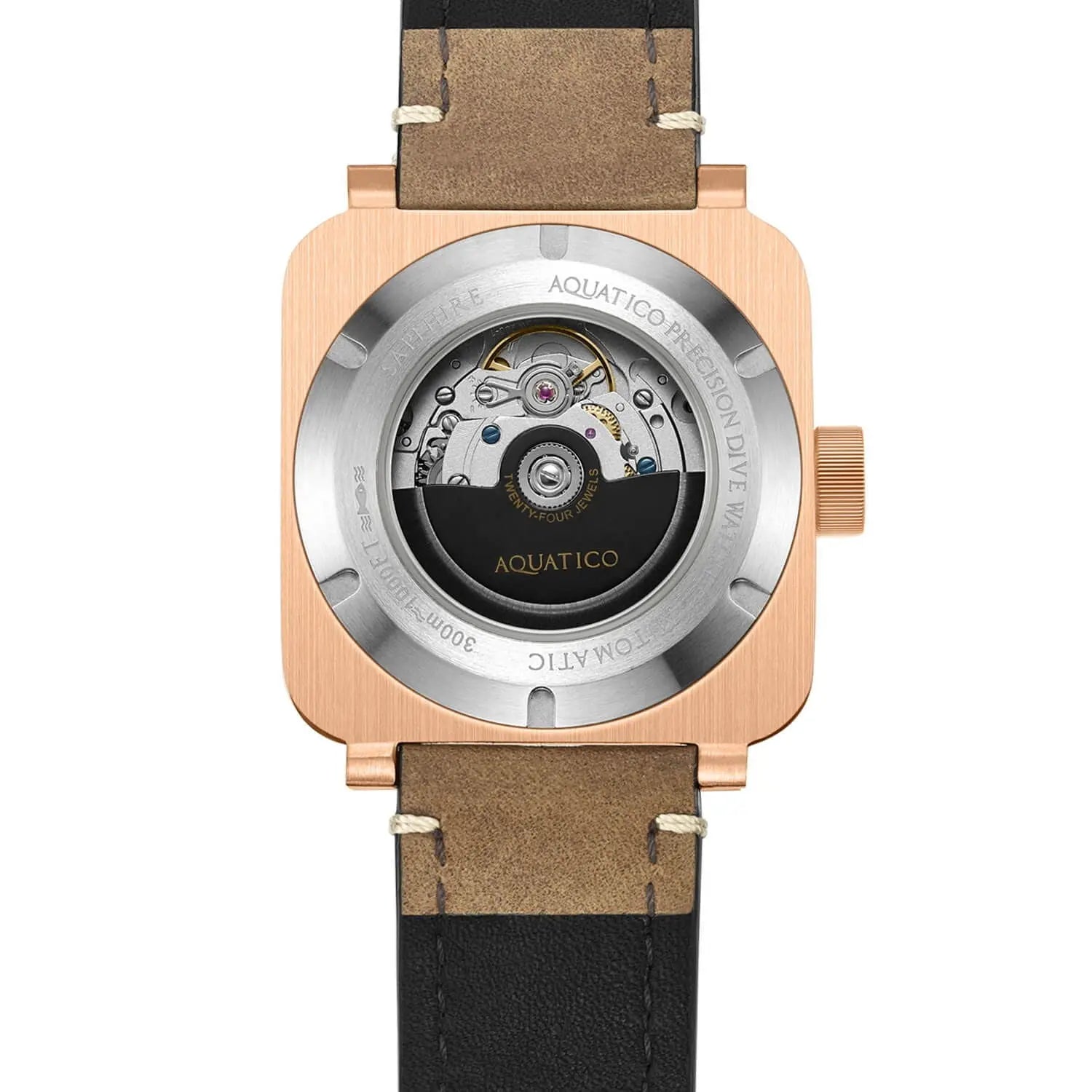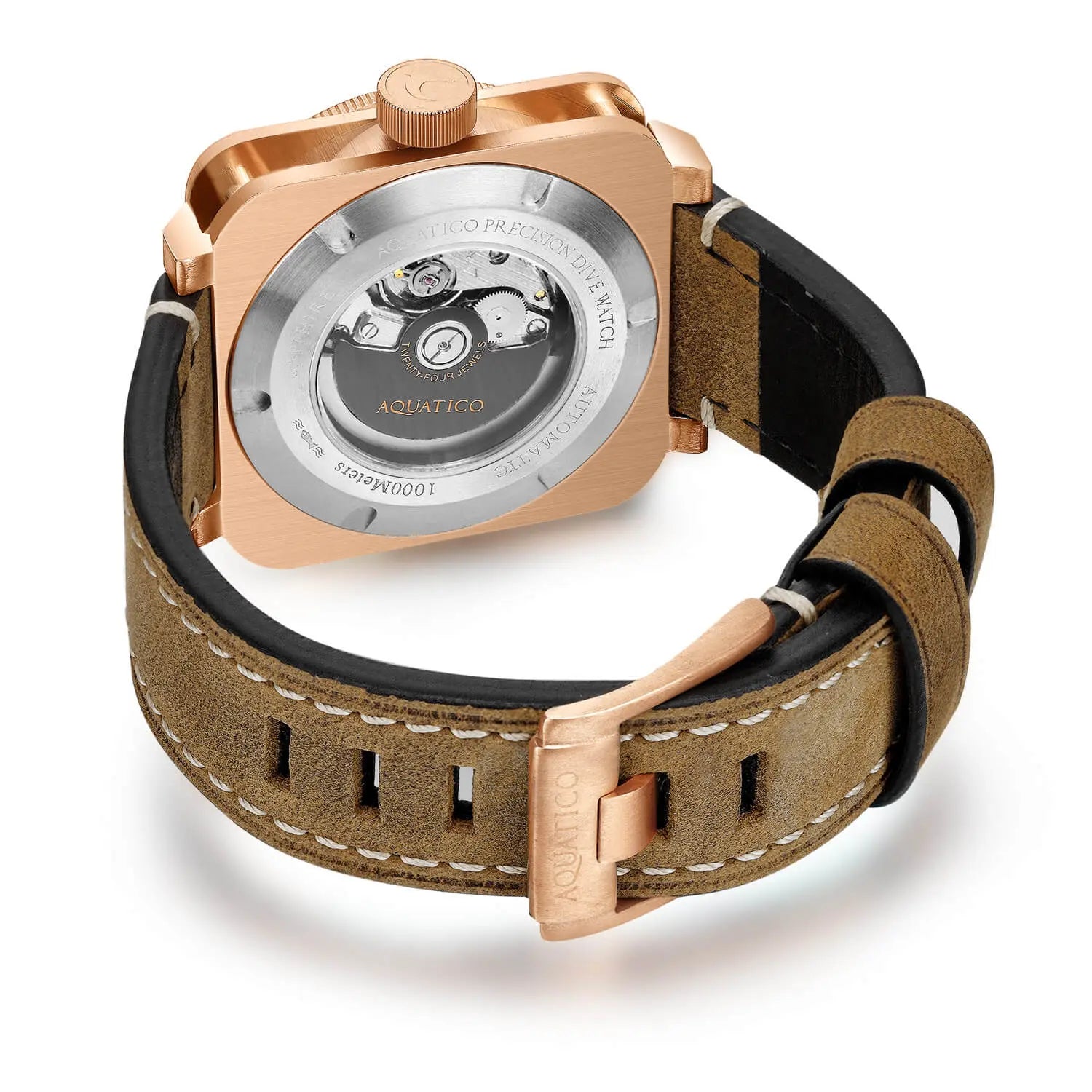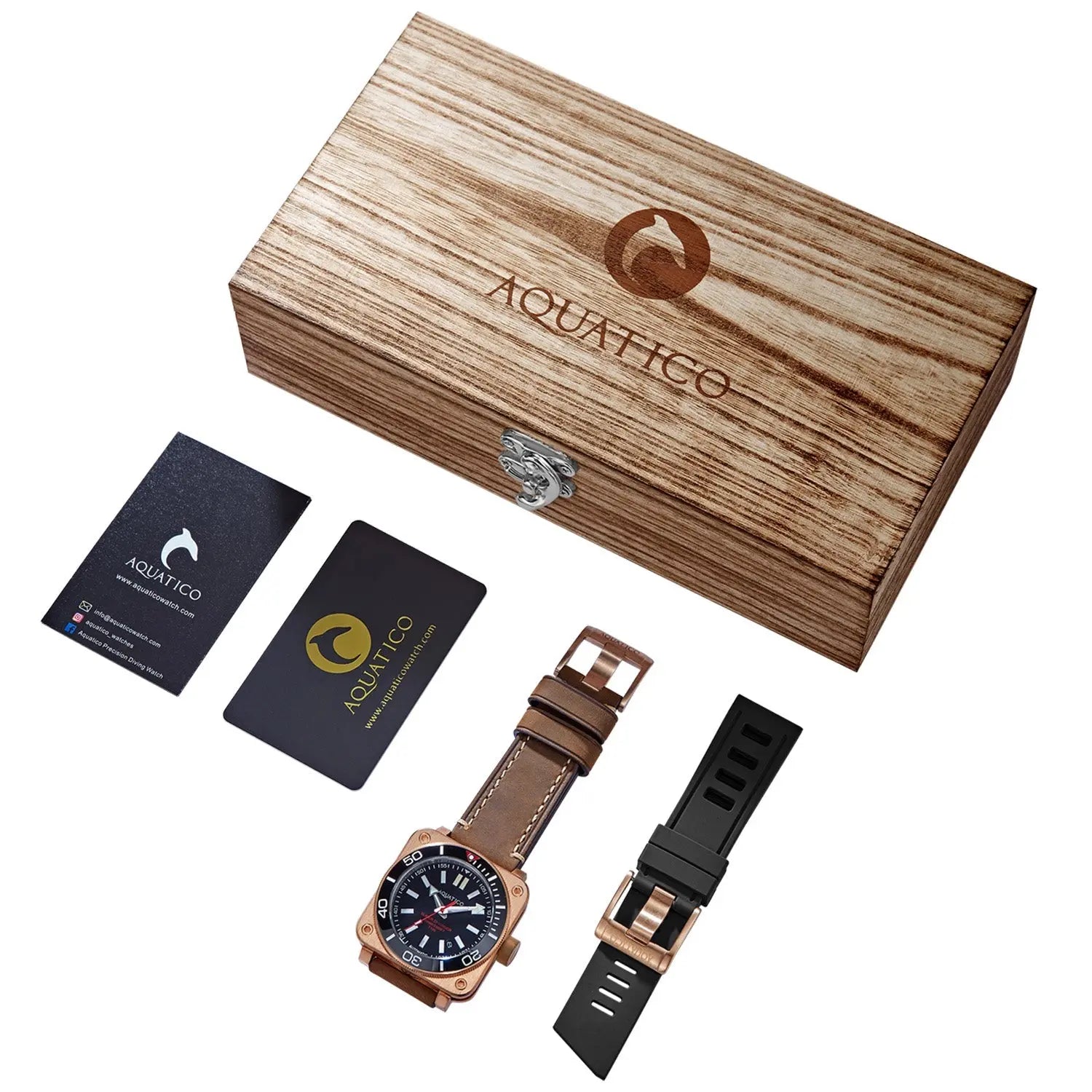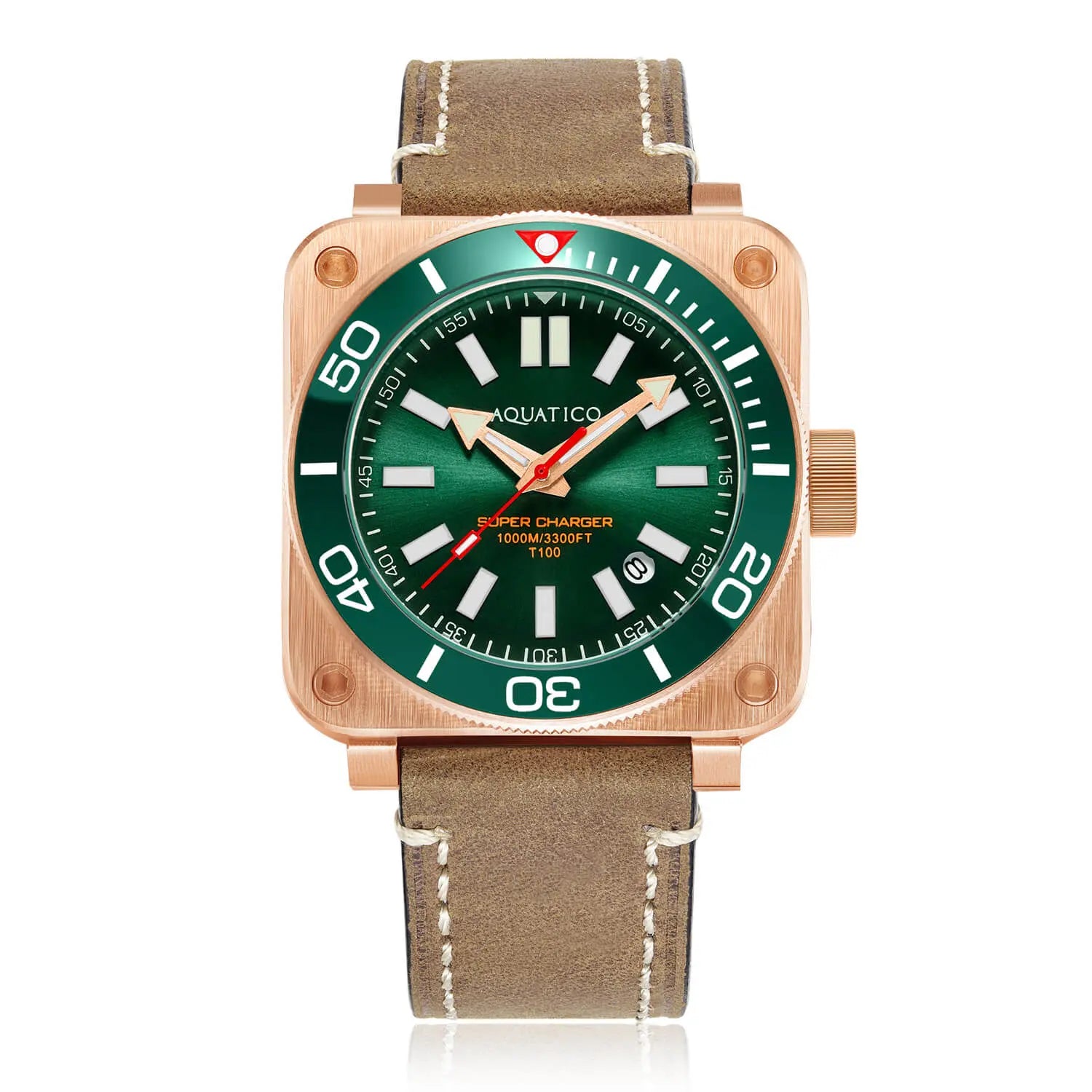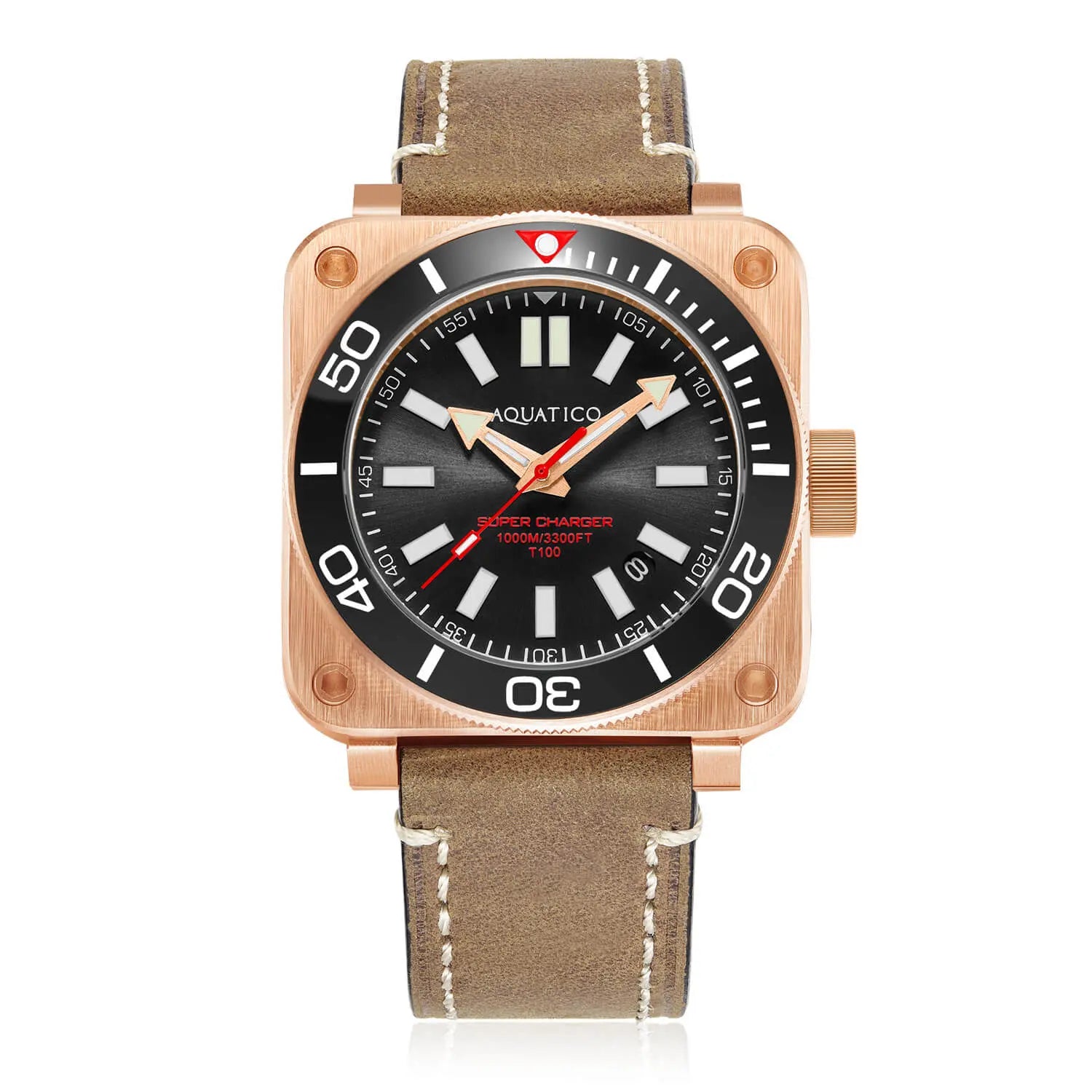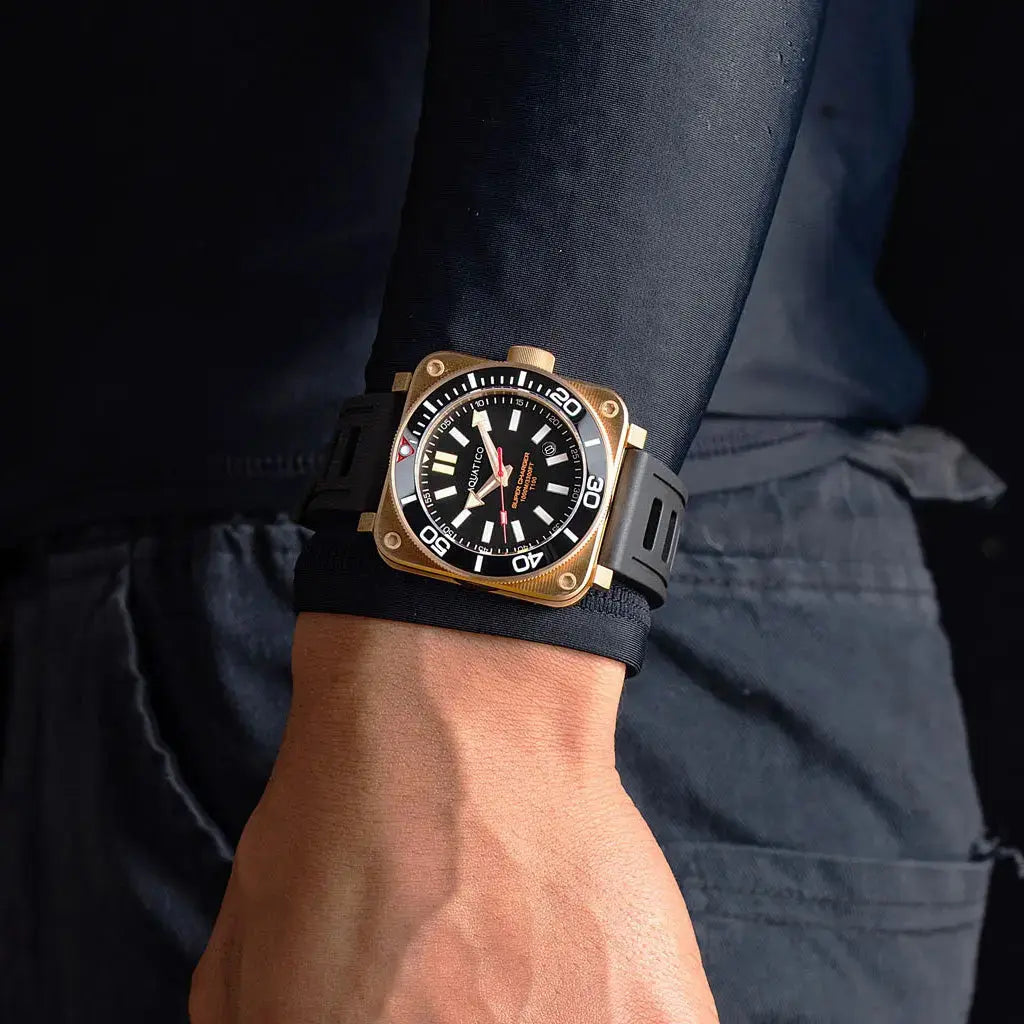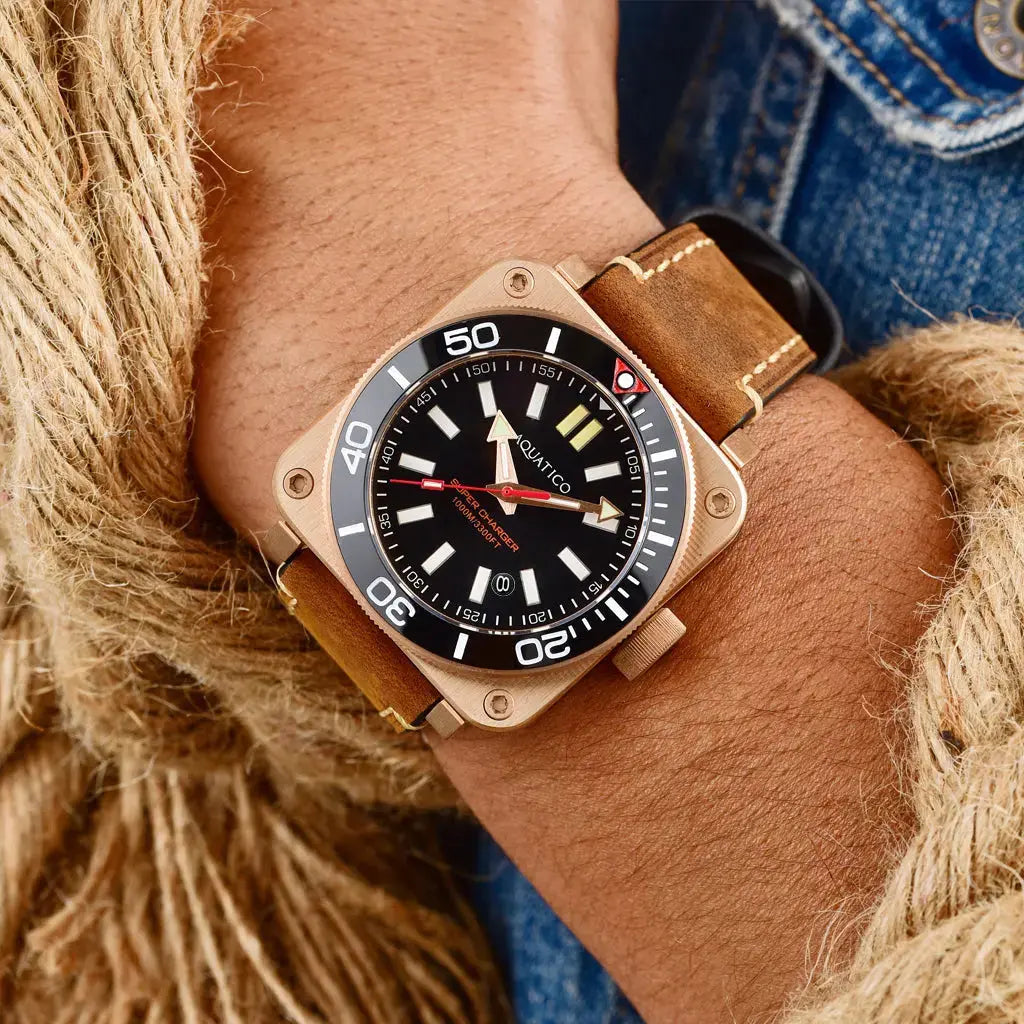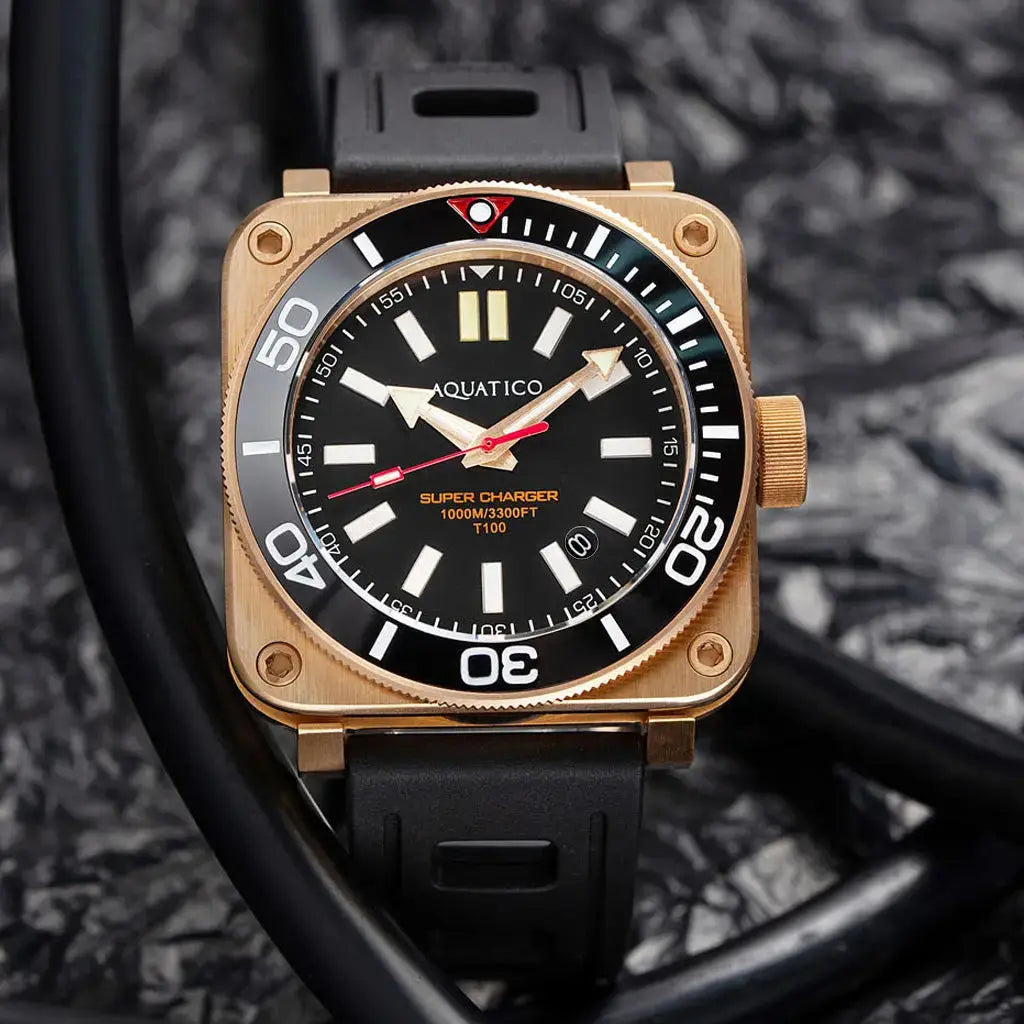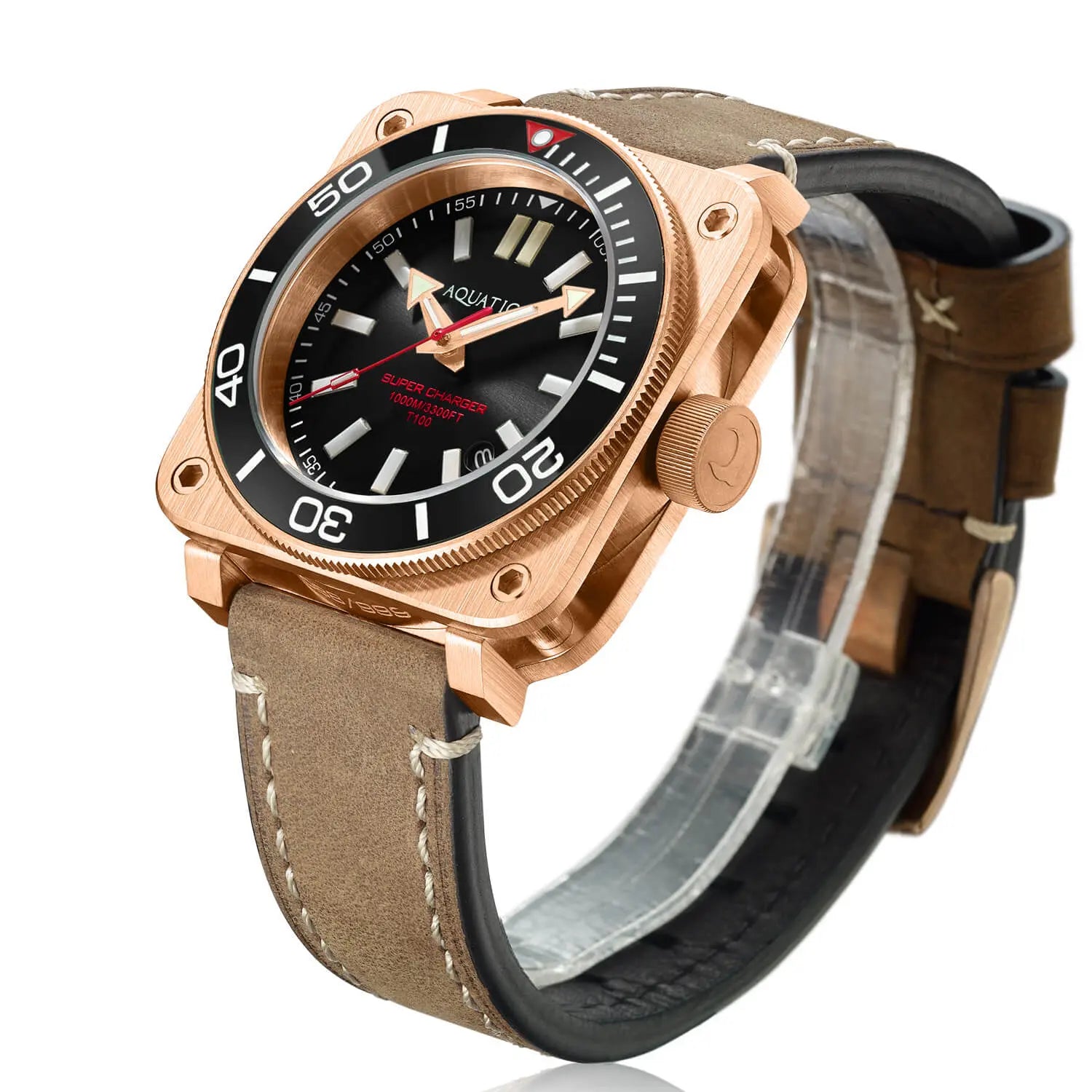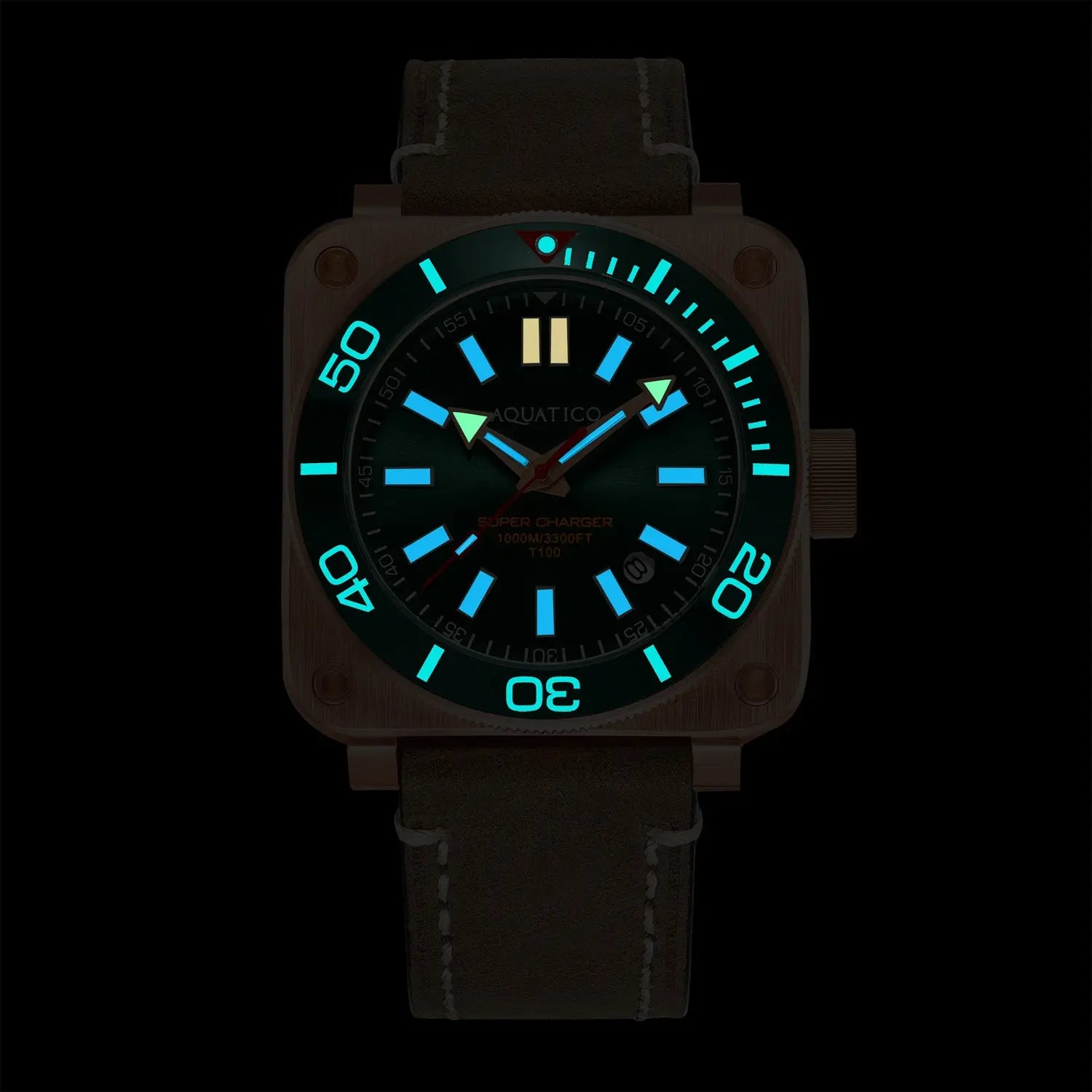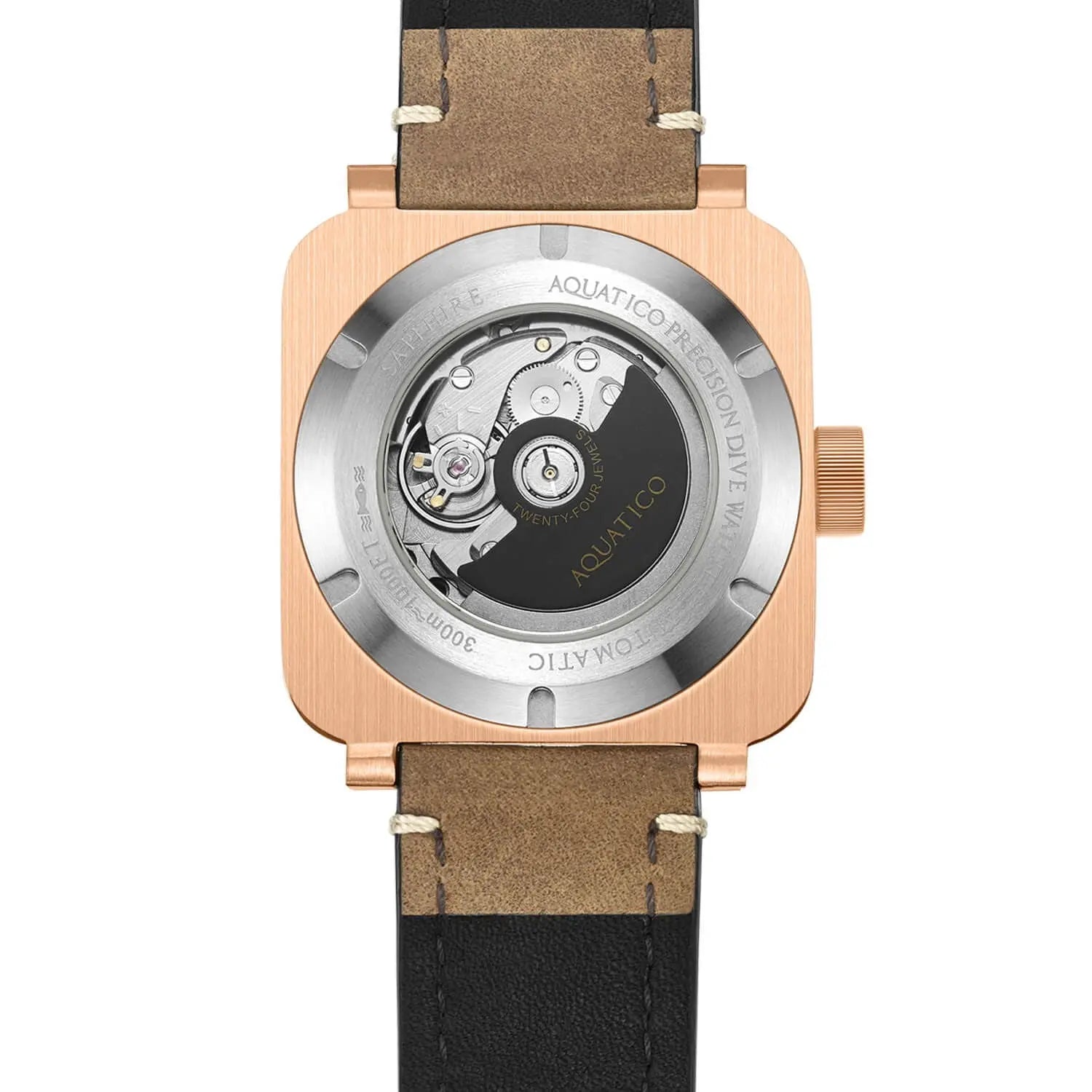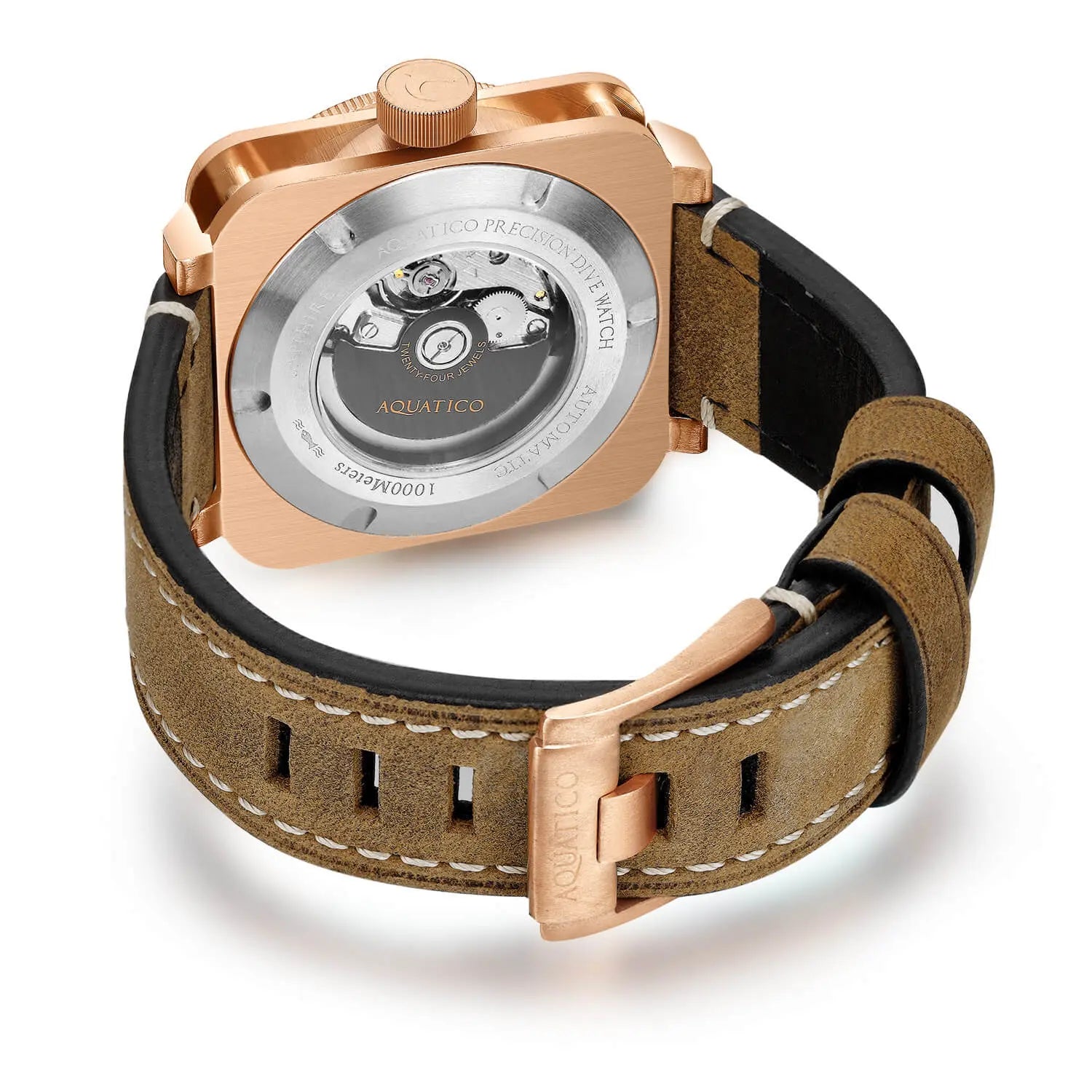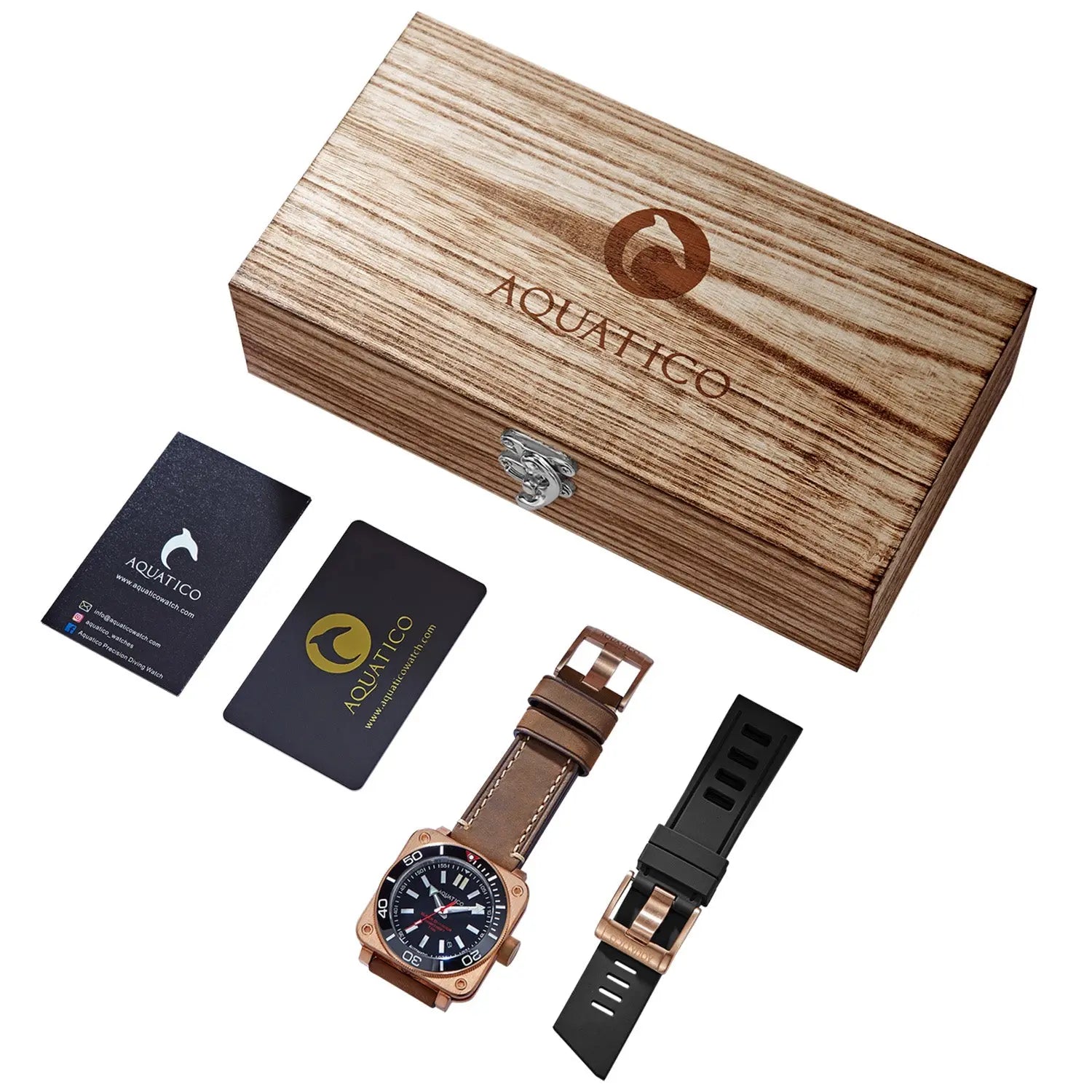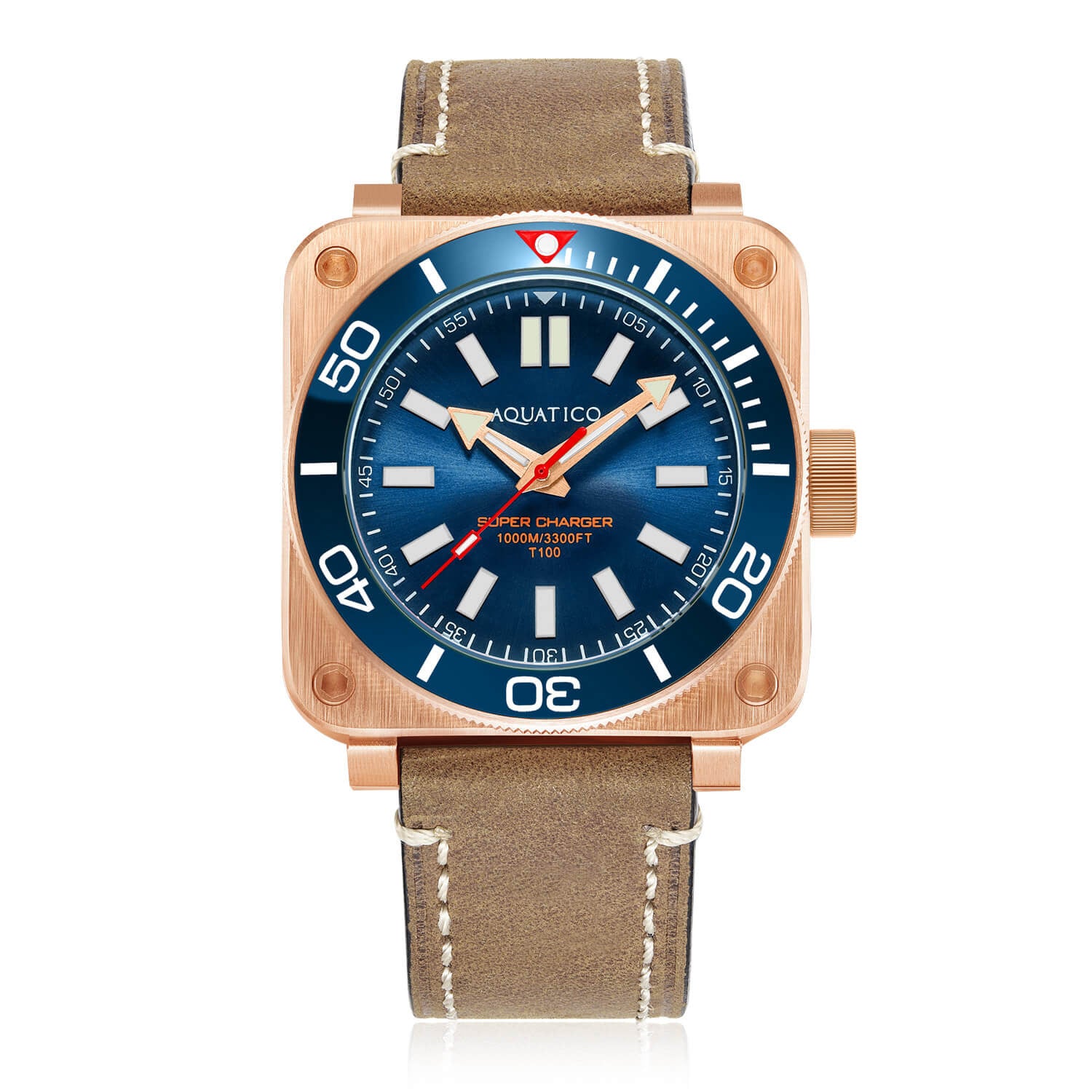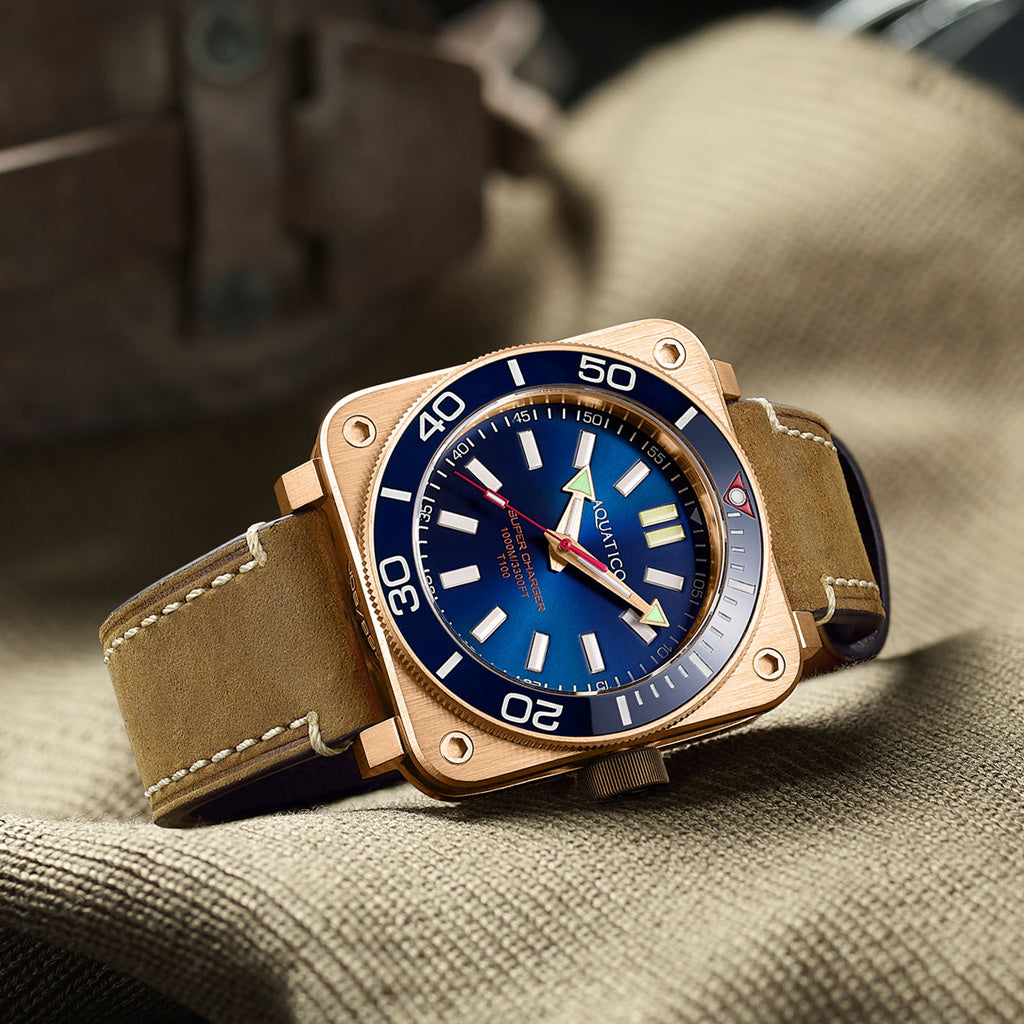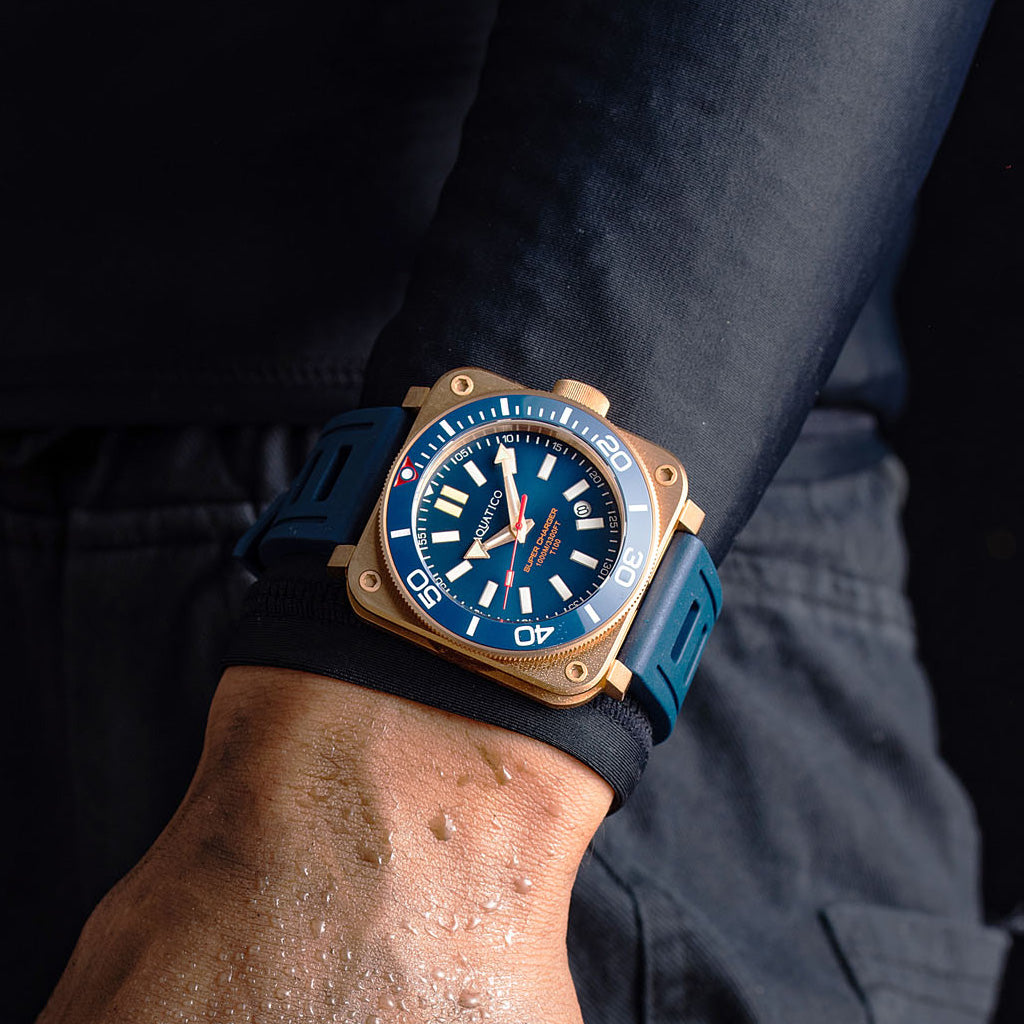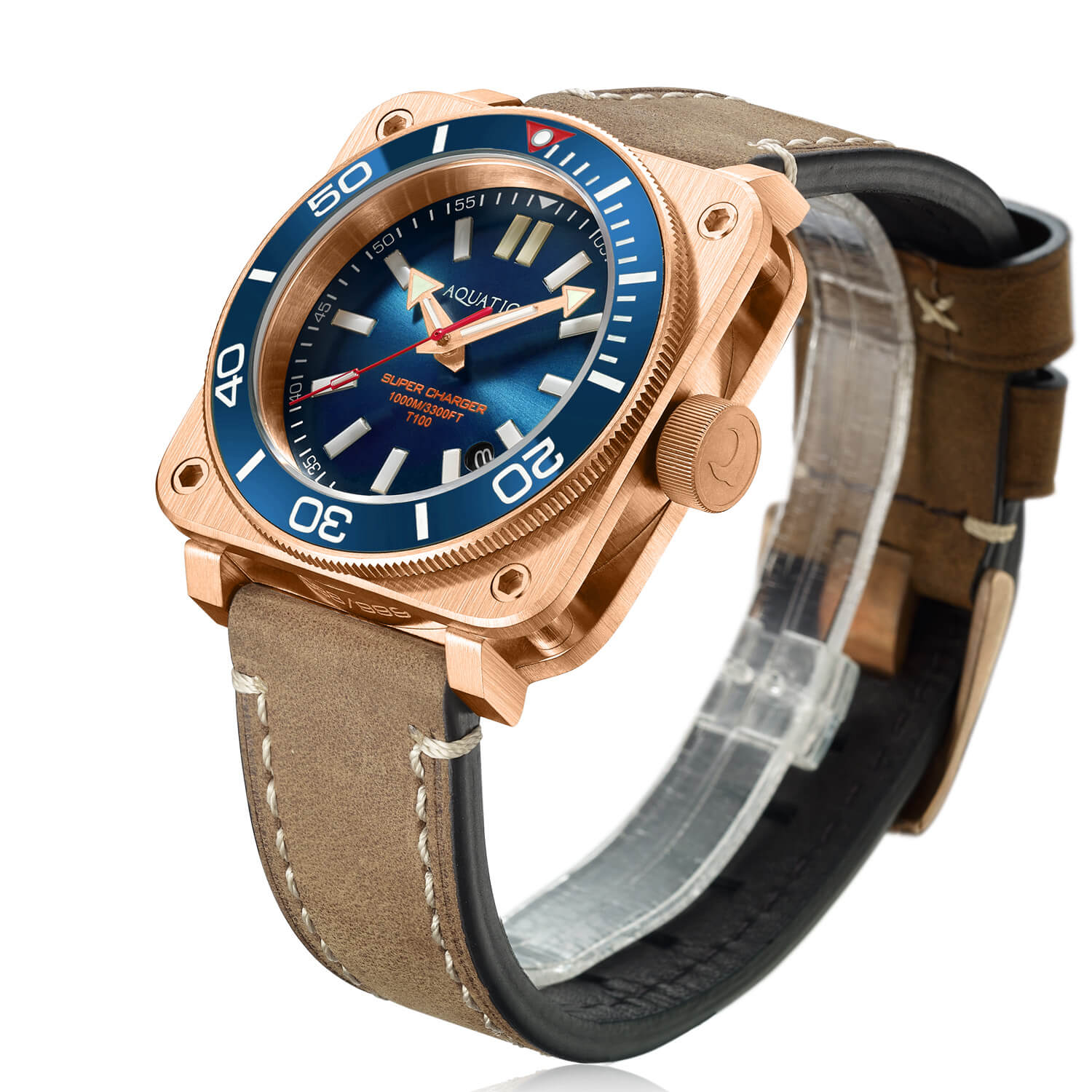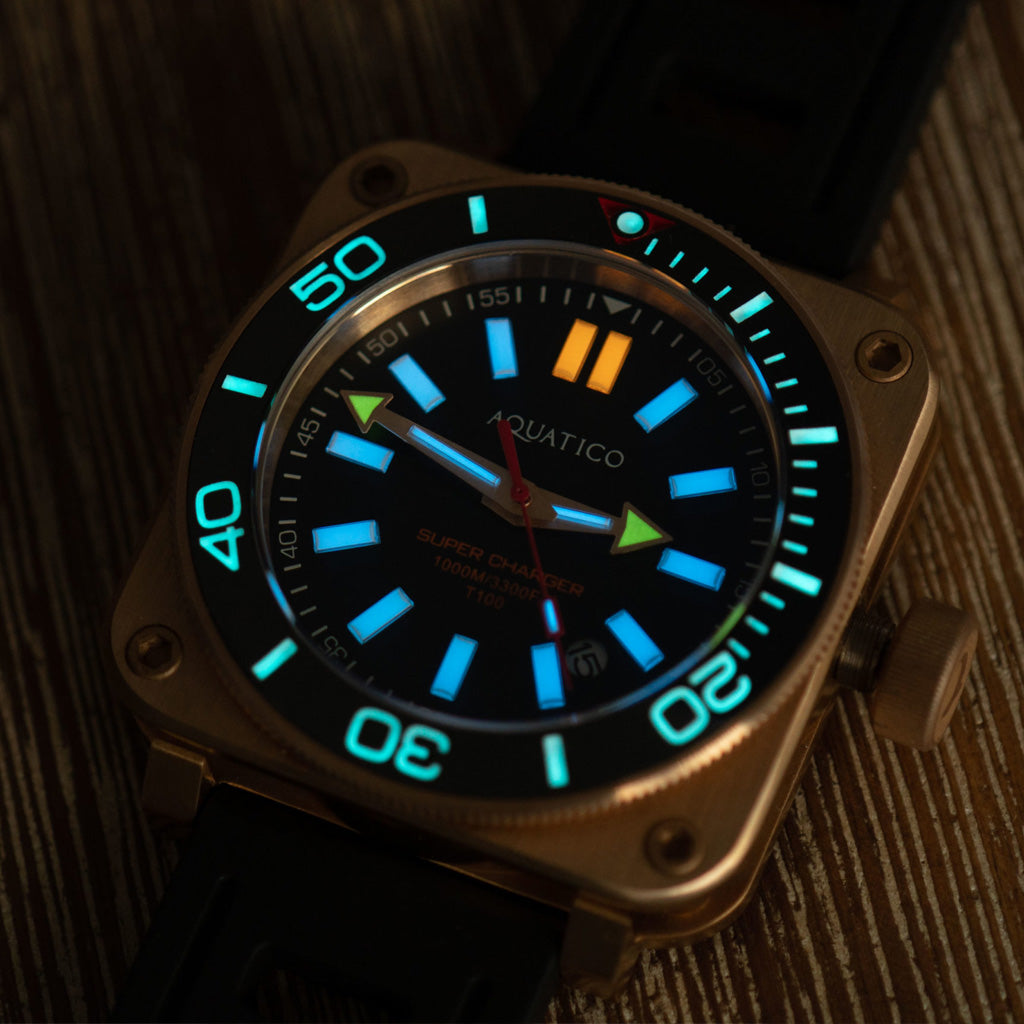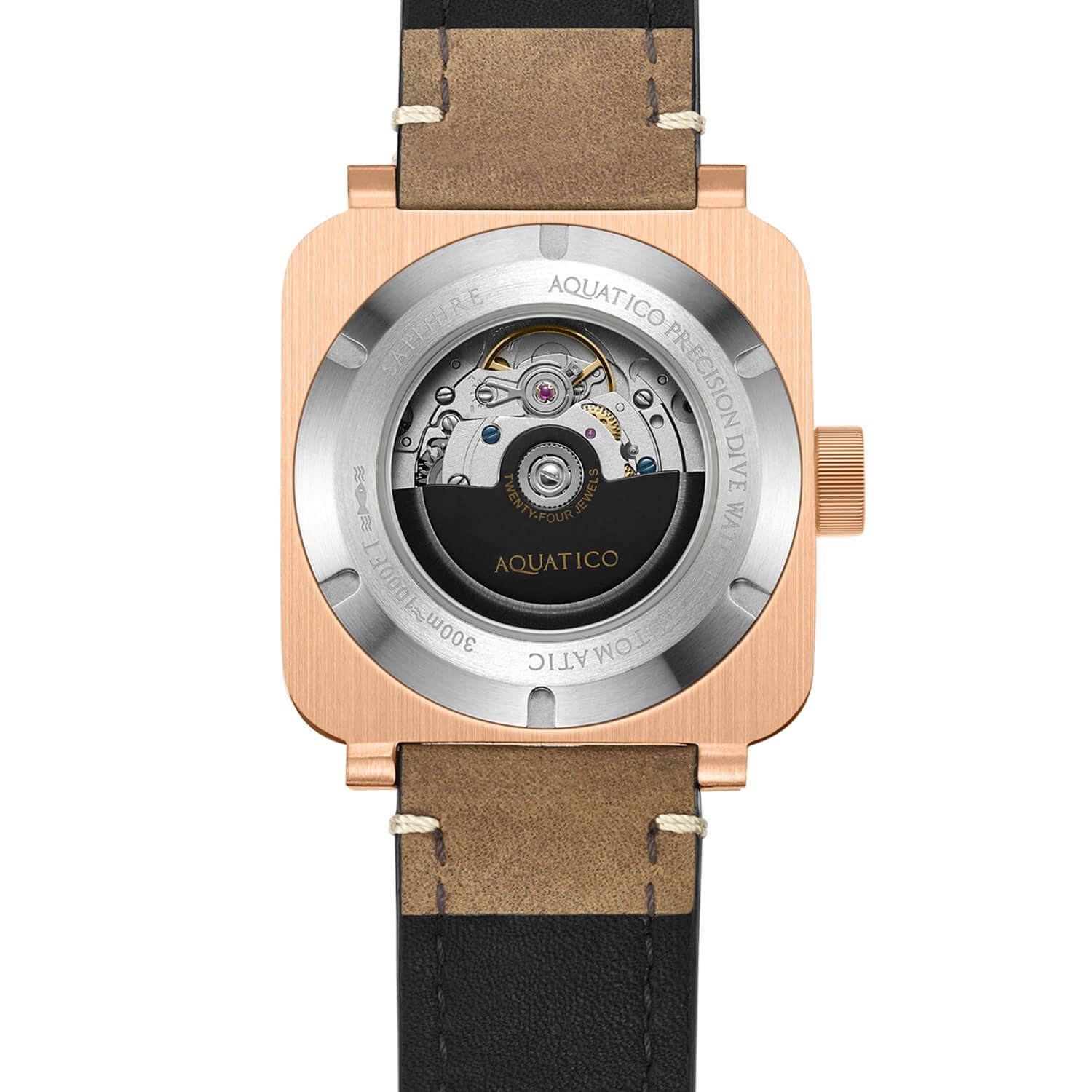bronze watch any good?
Bronze, The first alloy invented in human history. With the development of steel smelting technology, it gradually became less important.
However, bronze is still widely used in traditional fields and is also indispensable for some modern production techniques. Today, it is again one of the most popular materials for cases.
As early as the fourth century B.C., man learned to cast bronze. In archaeology, the stage of human cultural development marked by the use of bronze is called the "Bronze Age". Bronze is an alloy with a copper content of at least 60%. The bronze made by our ancestors was an alloy of red copper (pure copper) and tin or lead, which was dark red, but became greenish-gray over time due to oxidation, hence the name bronze. In addition to bronze, alloys of copper include brass, white copper, and purple copper. Pure copper is relatively soft, but when tin is added, it possesses many properties suitable for industrial manufacturing. Bronze containing 10% tin is 4.7 times harder than pure copper. In addition to tin bronze, aluminum bronze, lead bronze or phosphor bronze are also available. Bronze is antimagnetic, wear-resistant, and elastic, and is particularly resistant to corrosion by seawater (salt). When oxidized, bronze develops a characteristic green "patina" and gradually forms a layer of copper oxide that protects the original material beneath it from corrosion while maintaining its characteristics.
The appeal of bronze watch
The popularity of bronze is due to three popular trends in the field of watchmaking in recent years: firstly, retro. As the first alloy used by mankind, coupled with the fact that its appearance changes with time, bronze is undoubtedly the most suitable material to express the retro theme. The second is green, in addition to gold, the color of bronze is most compatible with green, but the price is much lower than the former. Lastly, personalization. The color and grain of bronze oxidation are closely related to the humidity of the environment it is in and the wearer's PH, so that each bronze watch becomes as unique as its owner, thus satisfying the demand for personalization. In addition, watch brands can offer consumers more options by changing the composition of the metal alloy and altering the shade of the bronze. Aluminum bronze is the most common choice, where the percentage of aluminum can be varied. In general, a higher aluminum content will give the bronze a cooler gray tone, while a lower content will result in a warmer tone. Moreover, the different compositions affect the rate at which a patina is produced, and some brands also apply a protective coating to the surface of the metal. Tudor bronze watches, for example, oxidize relatively slowly and have a very uniform surface.
FAQ ABOUT BRONZE WATCHES
Should I need clean my bronze watch?
We recommend that youdo not remove the patina. lt acts as a natural protective layer for bronze. Clean the bronze parts carefully only if you discover unsightly marks.
Does bronze tarnish skin?
Bronze is an alloy that contains copper, which can oxidize when combined with moisture, creating patina. This reaction creates that green tint of copper carbonate on your skin after wearing a piece for awhile. This discoloration happens most often with rings, due to the close proximity of skin to the bronze.
Do bronze watches scratch easily?
Curiously, bronze is actually fairly scratch-resistant. Most stainless steel looks terrific when it's brand new, but we all know how those highly polished areas tend to show scratches and wear over time. Gold is soft and scratches and dents easily.
Does vinegar clean bronze?
The oldest and most famous means of cleaning copper, brass and bronze is vinegar. Here is the recipe for the natural cleaner: mix salt and flour in equal proportion and add as much vinegar as needed to prepare a thick paste.
























